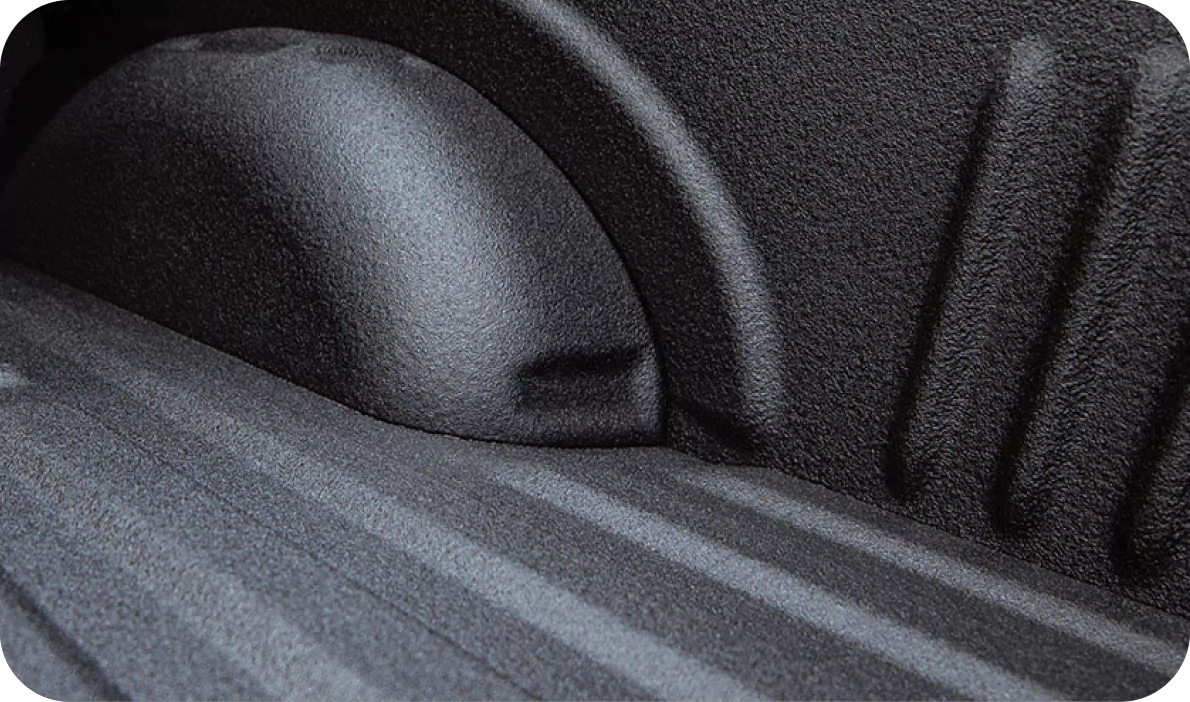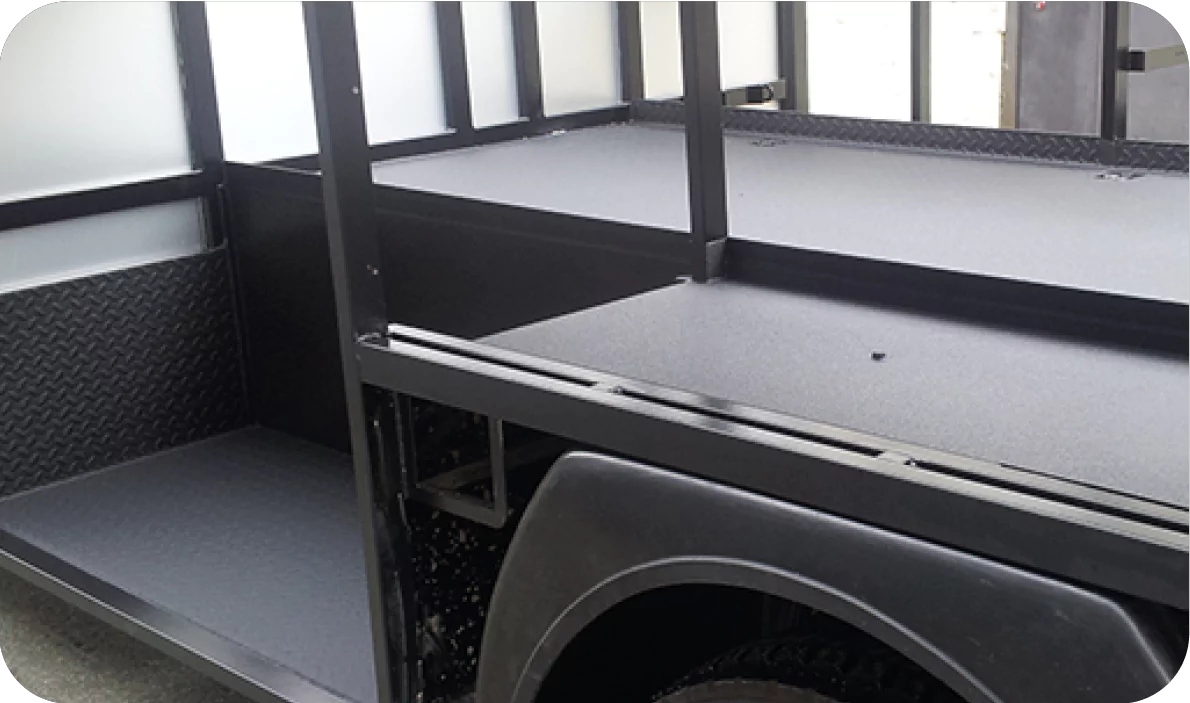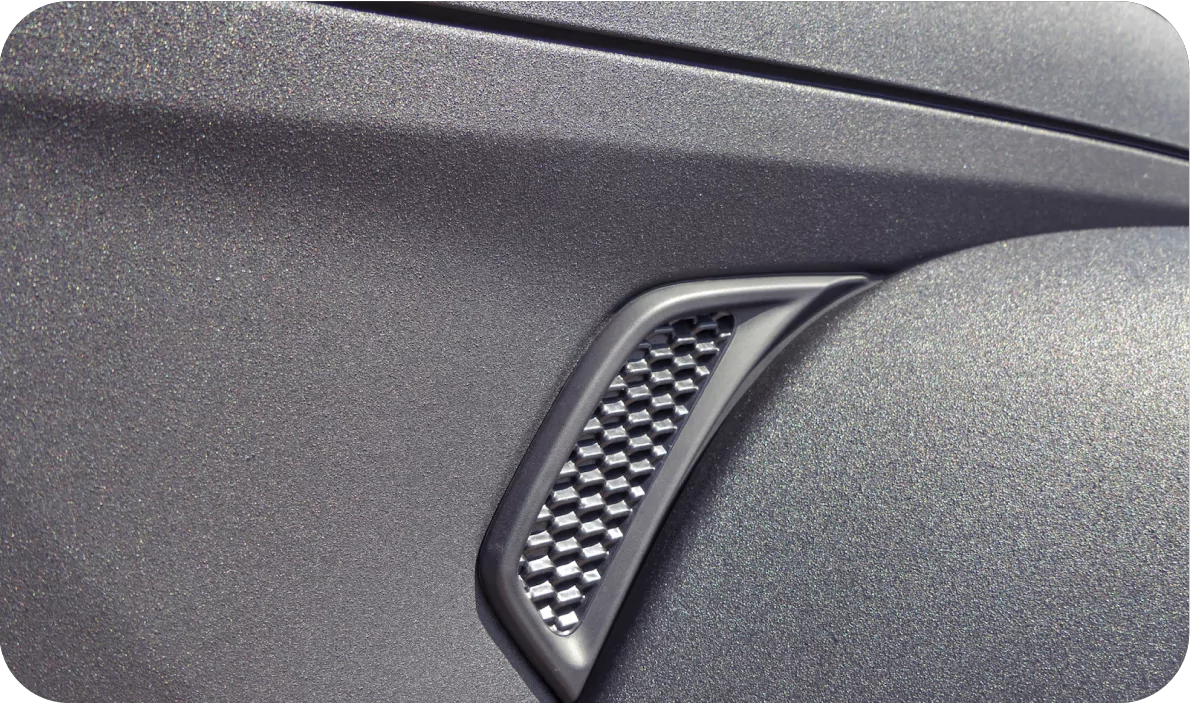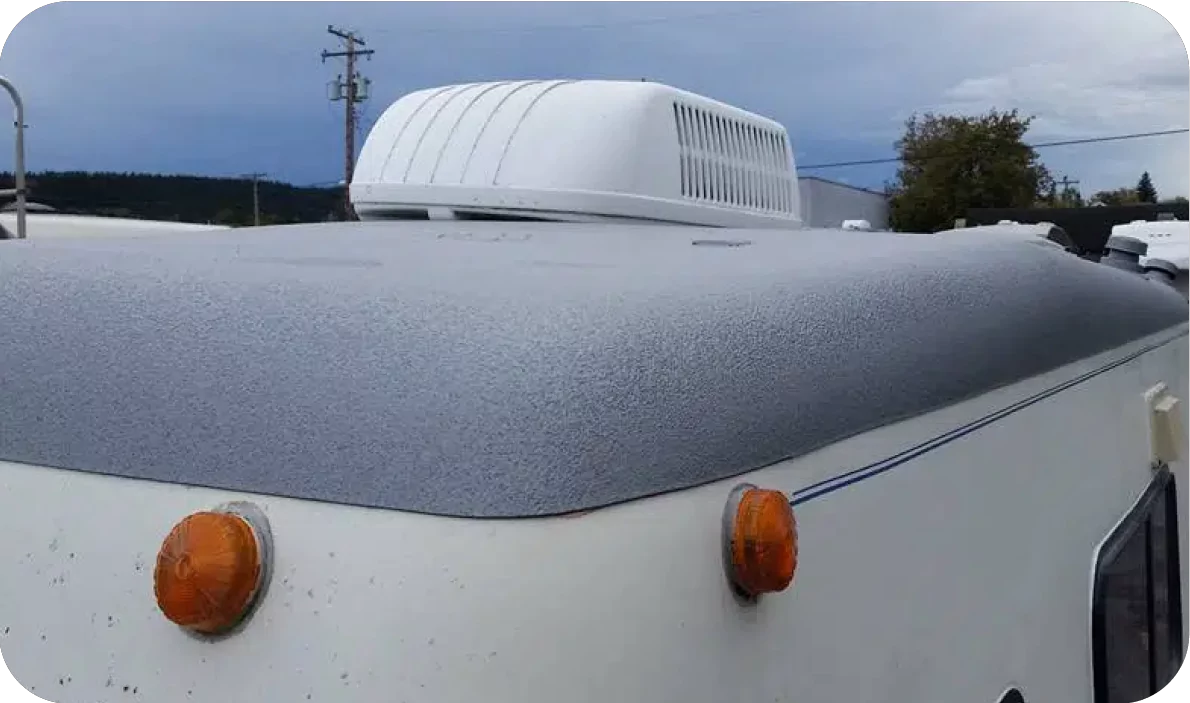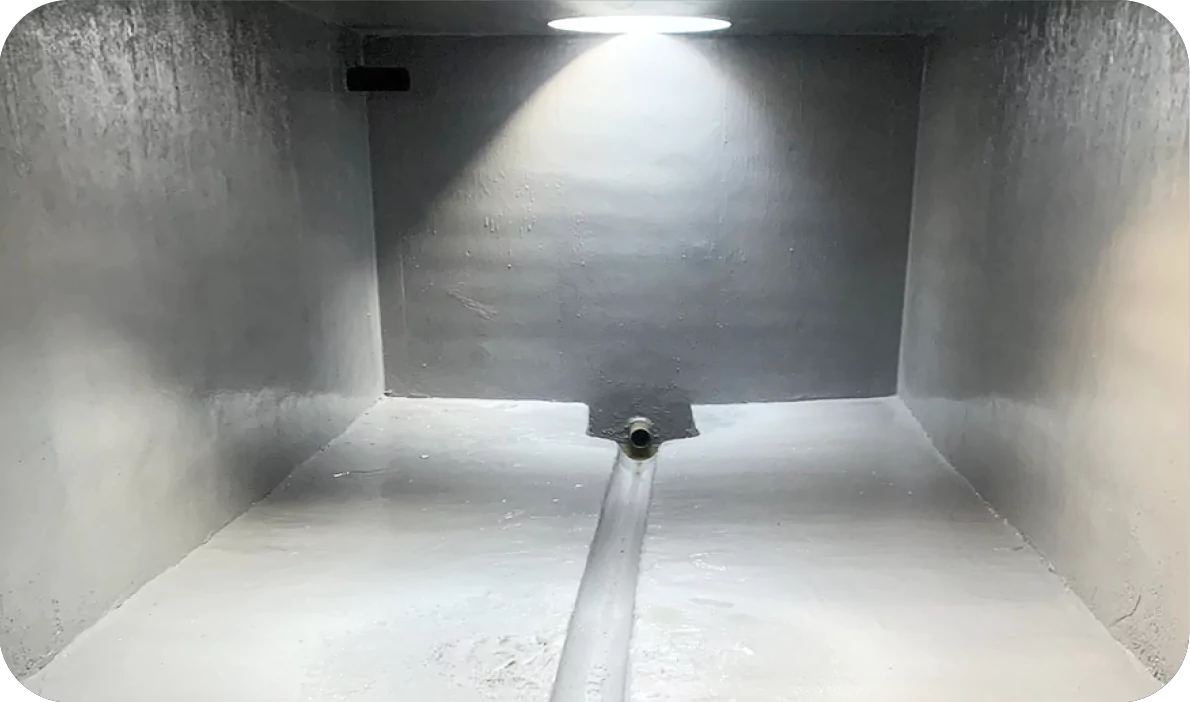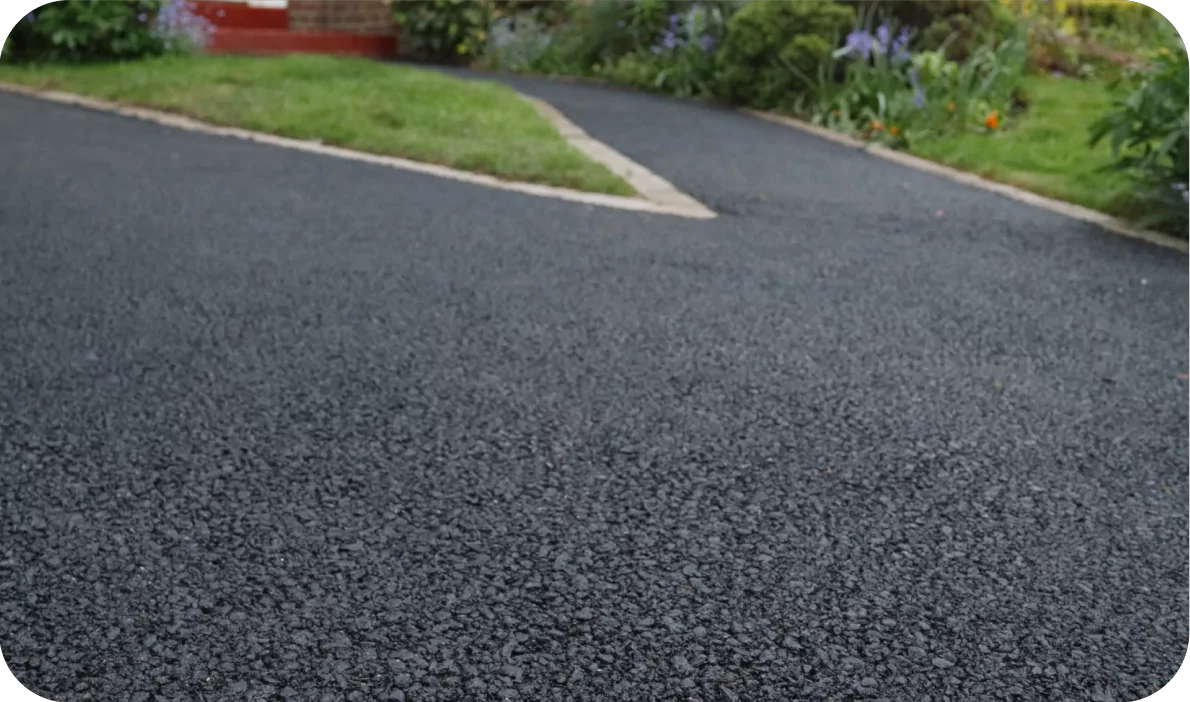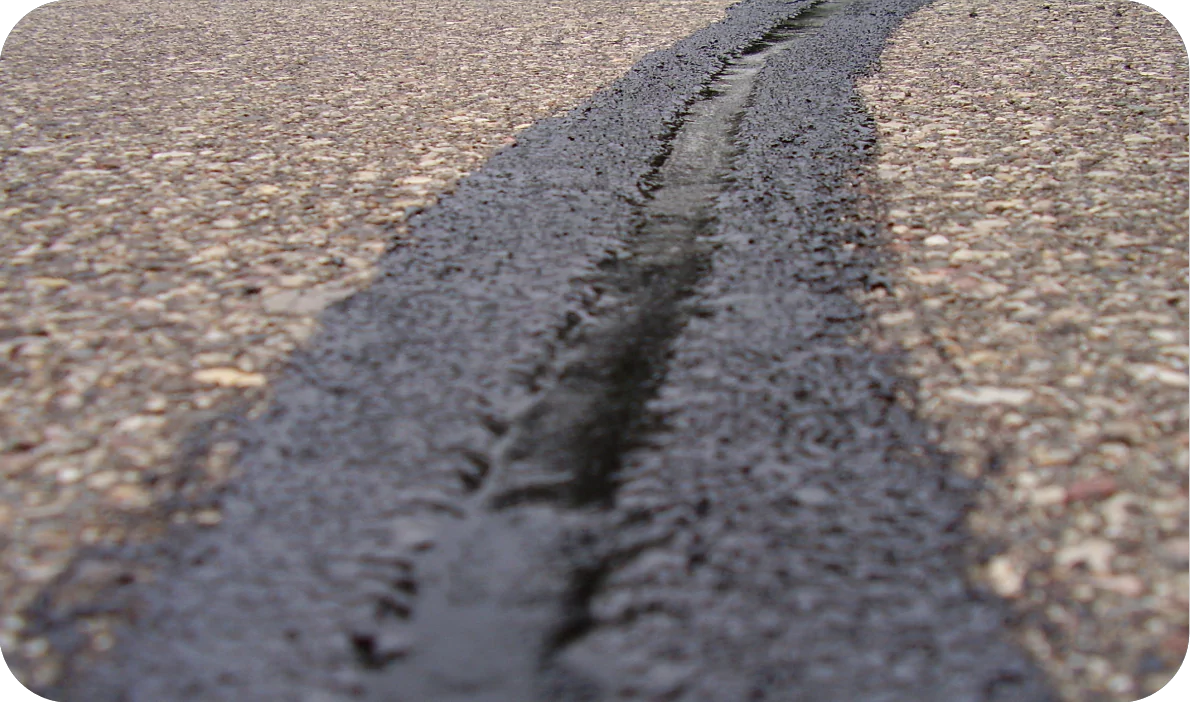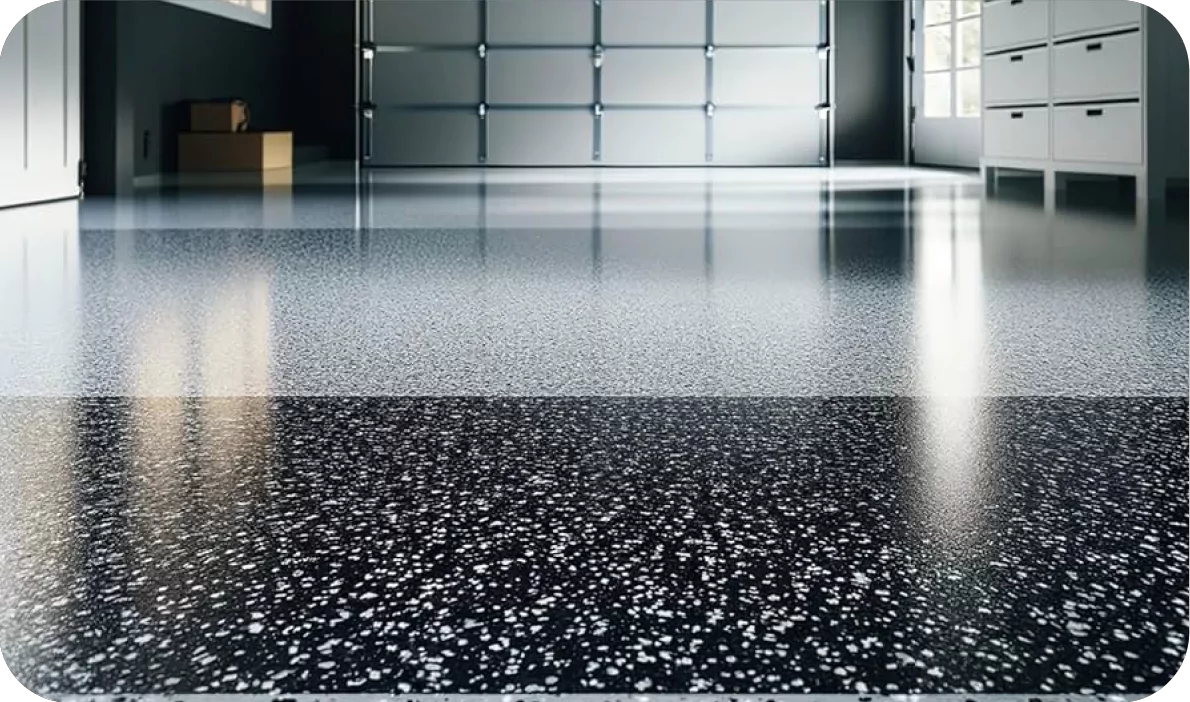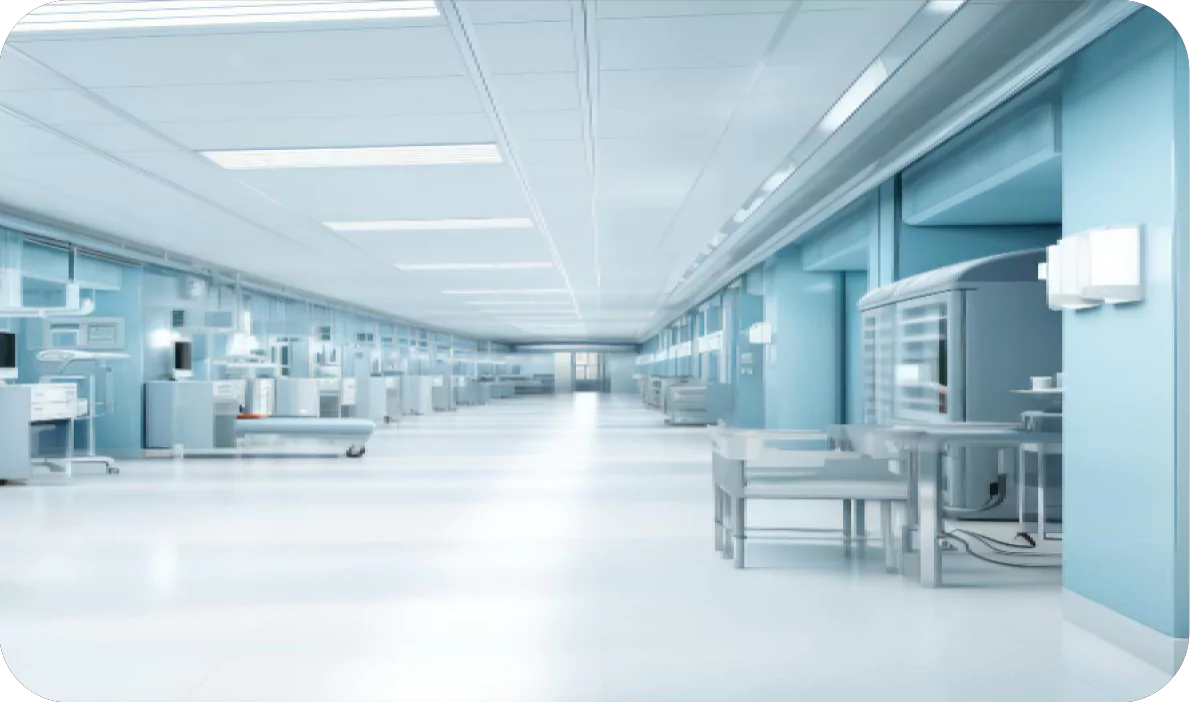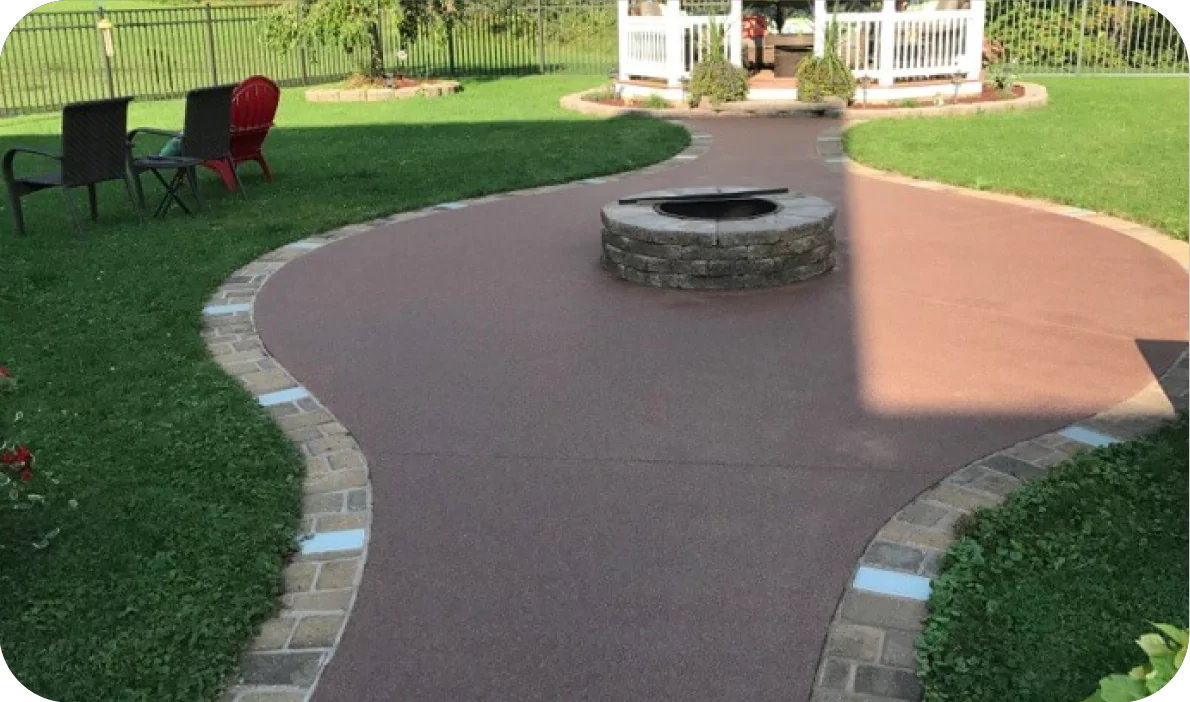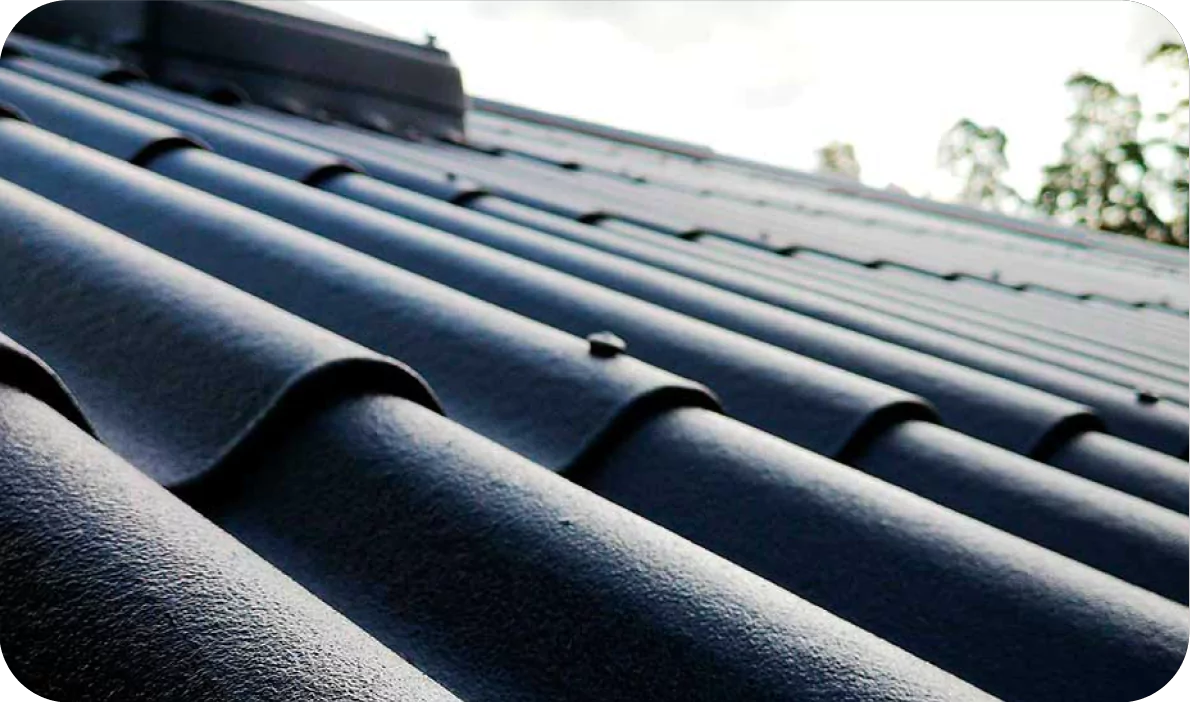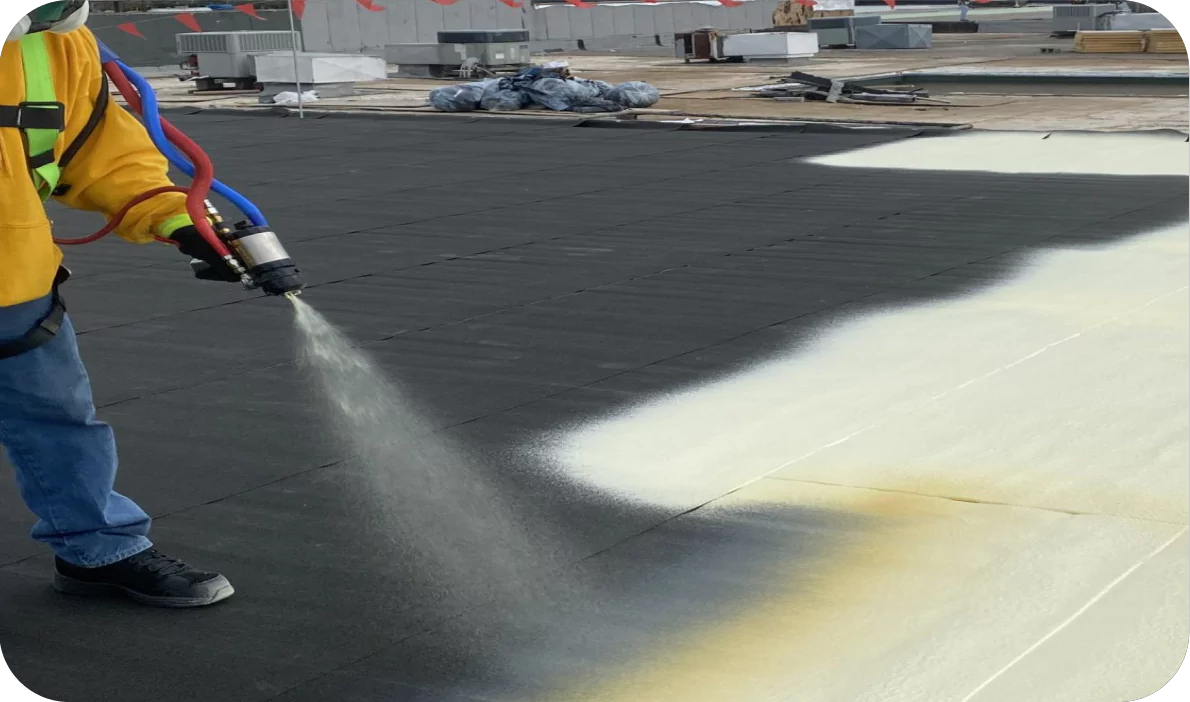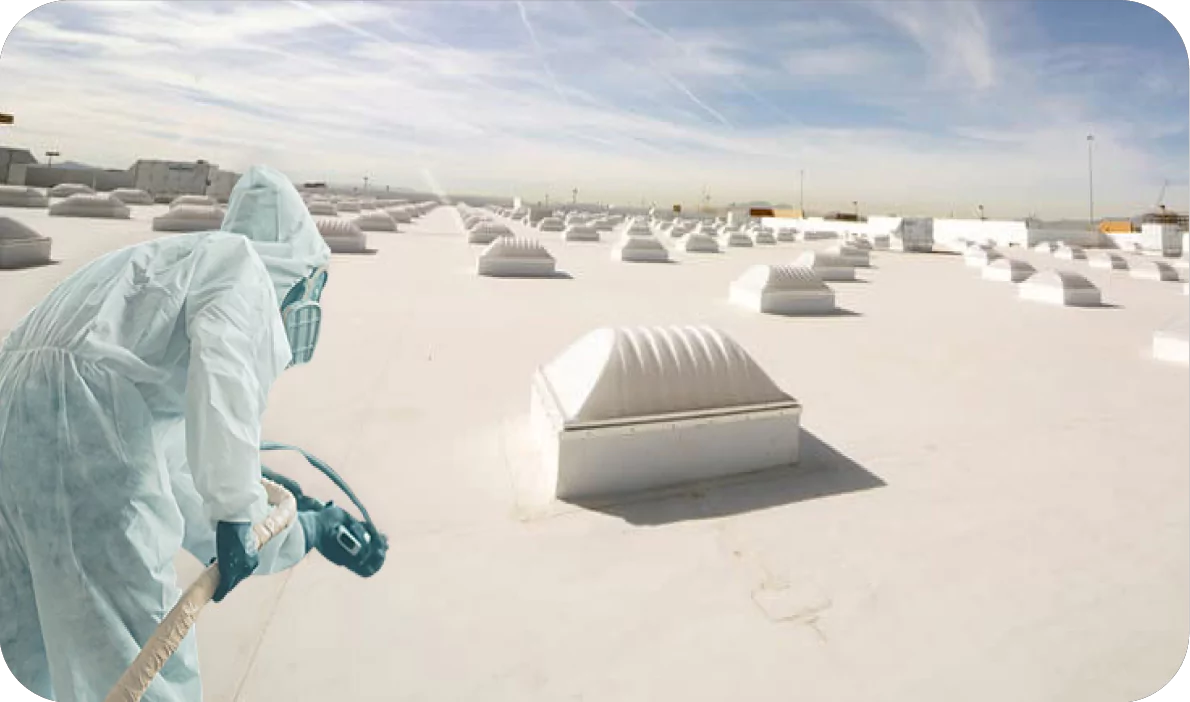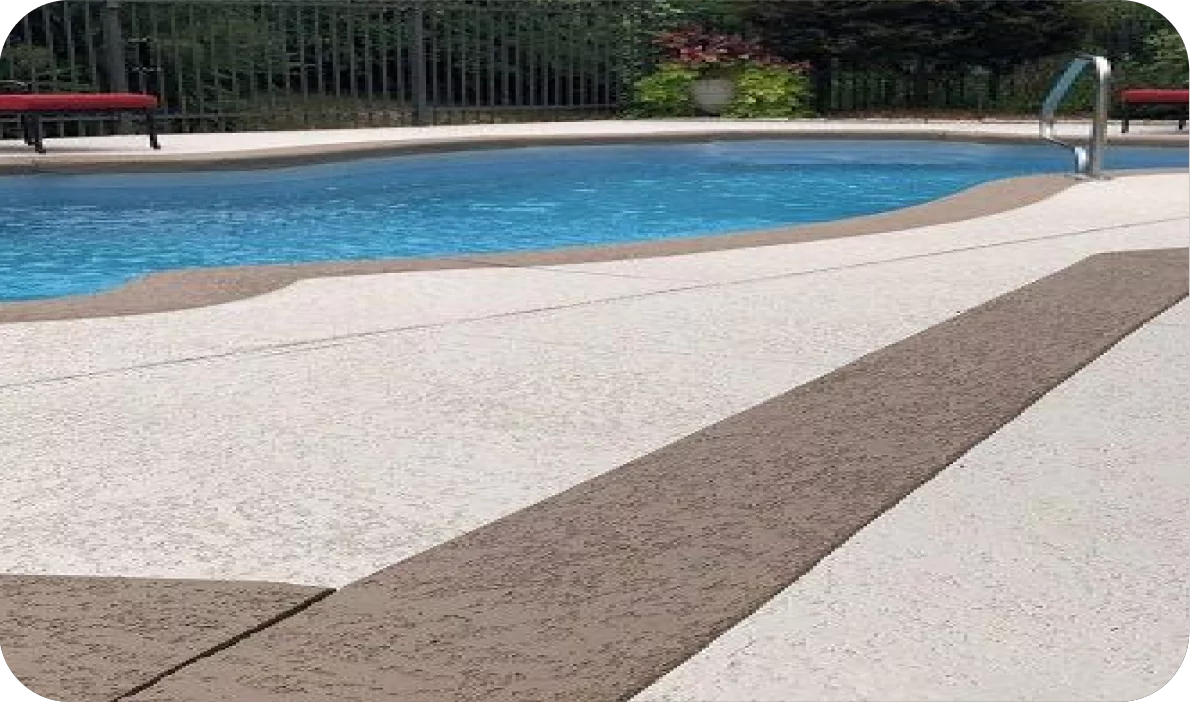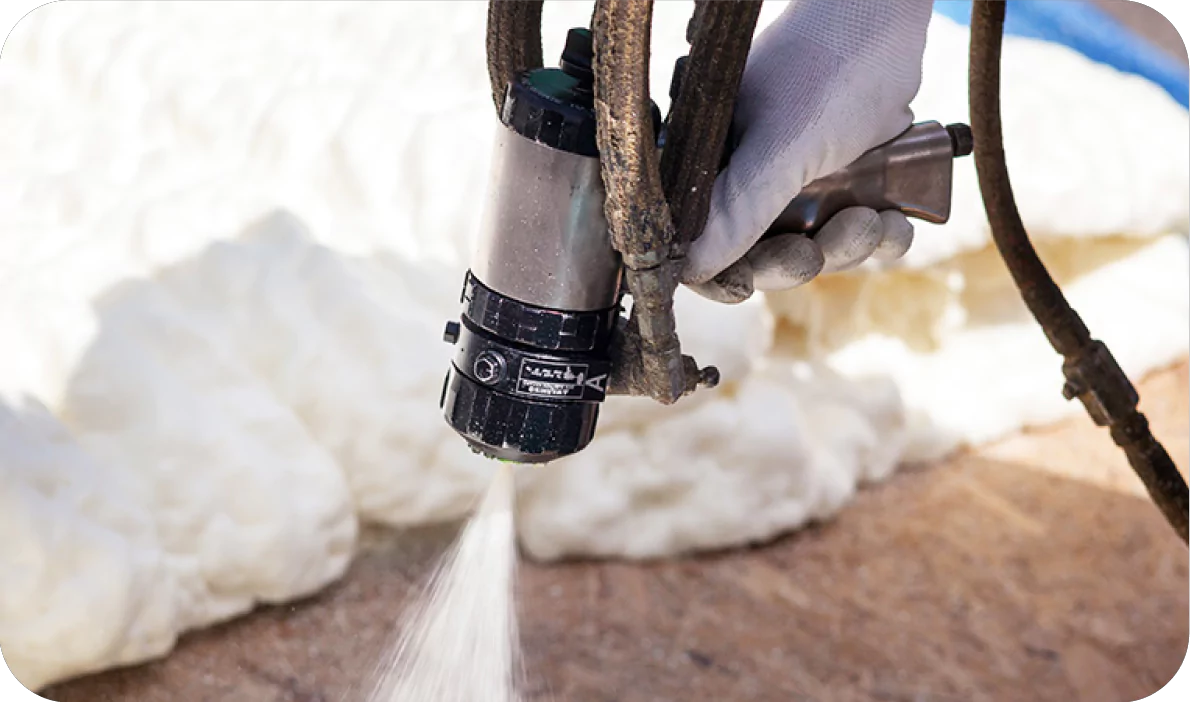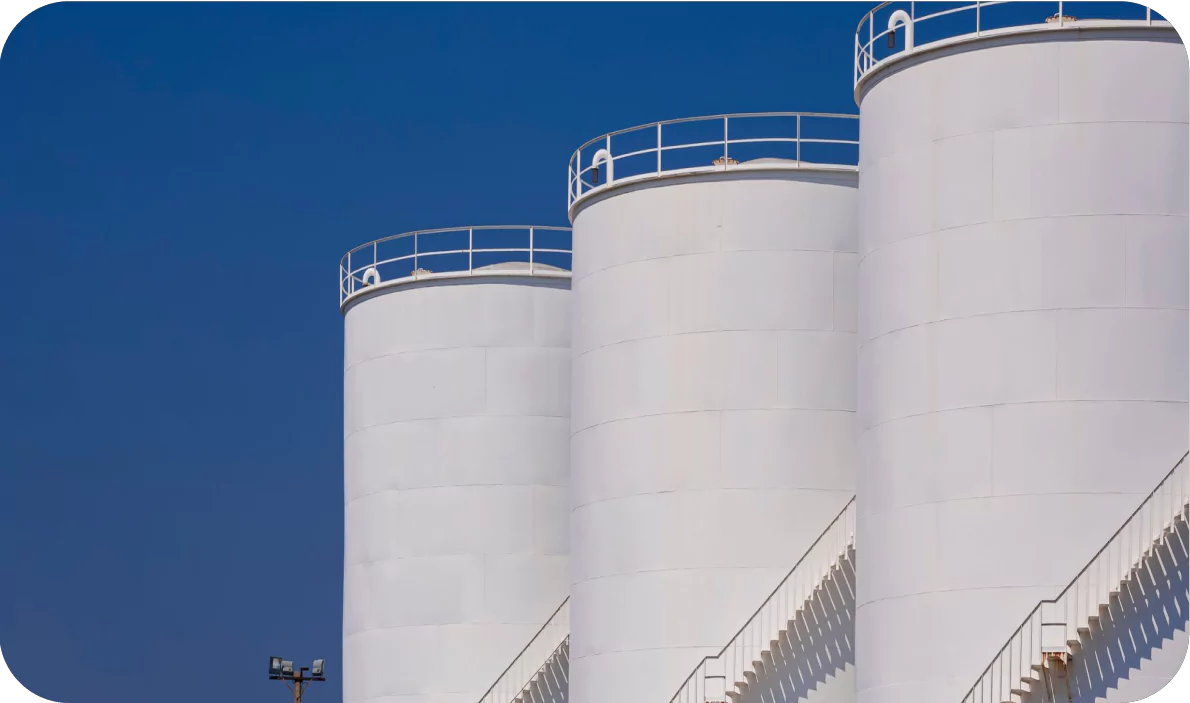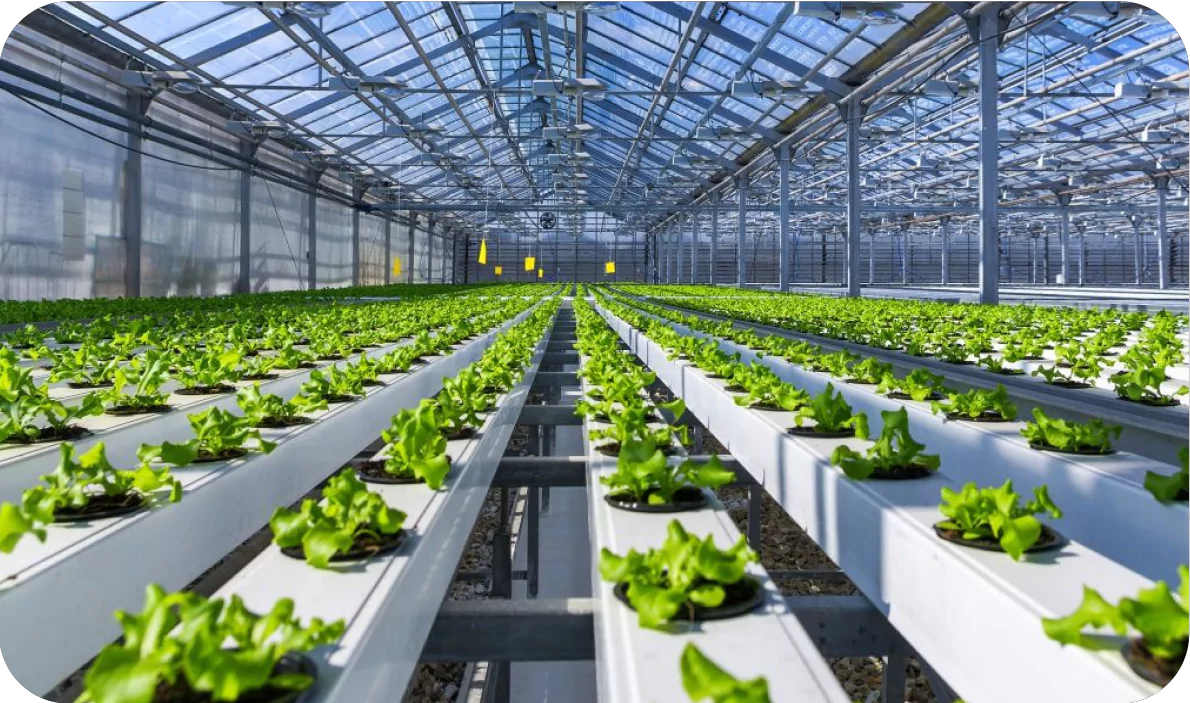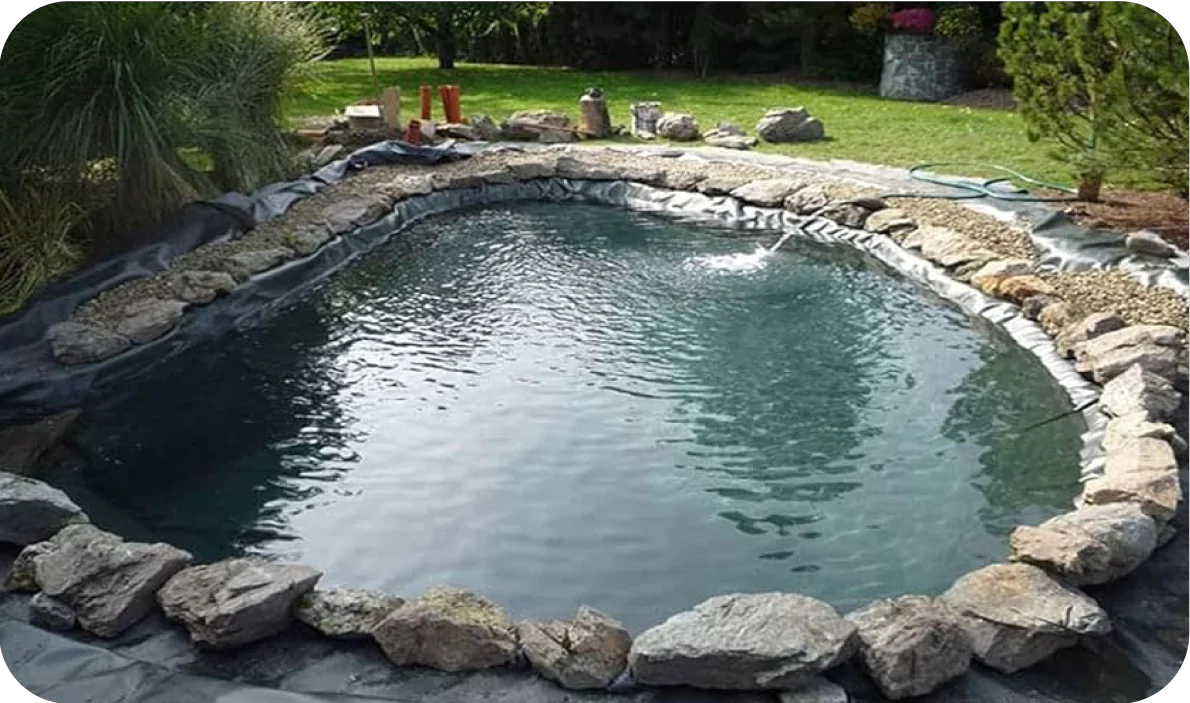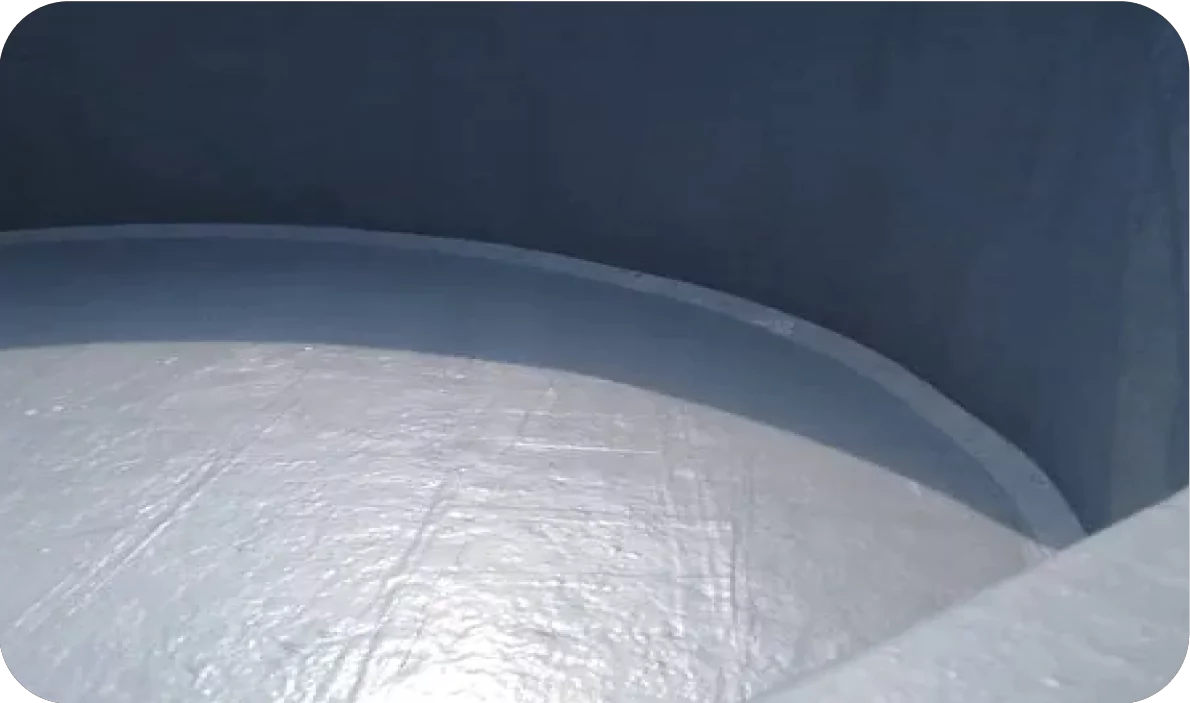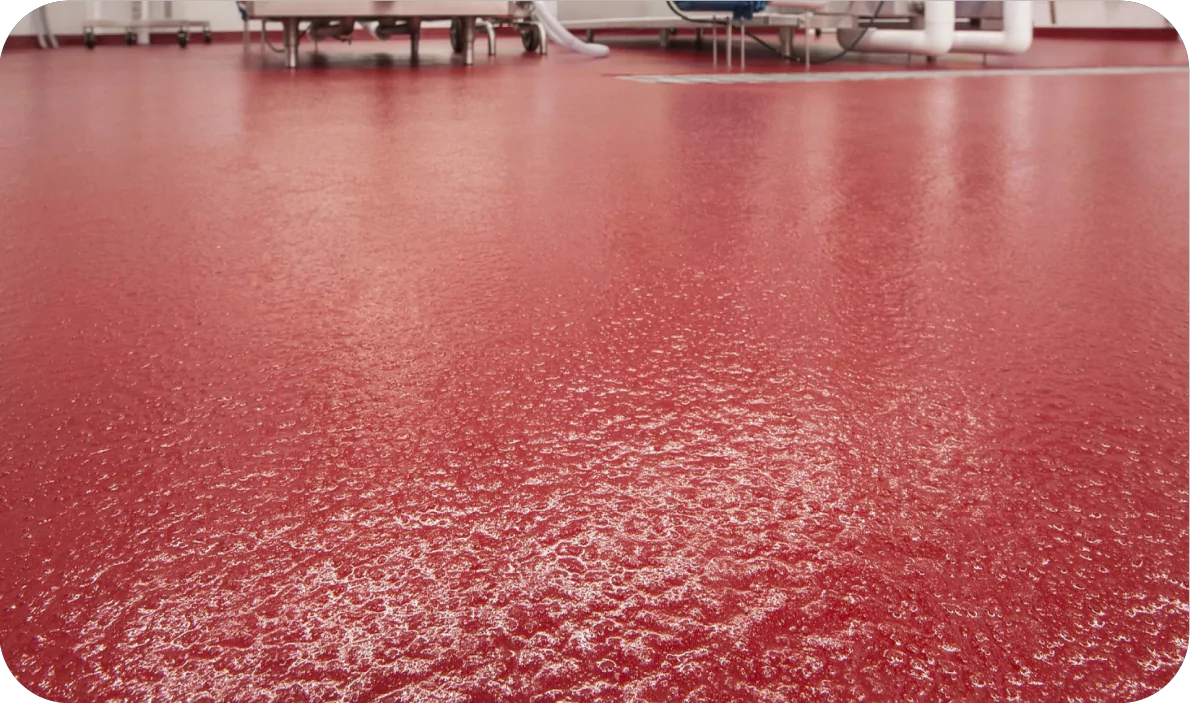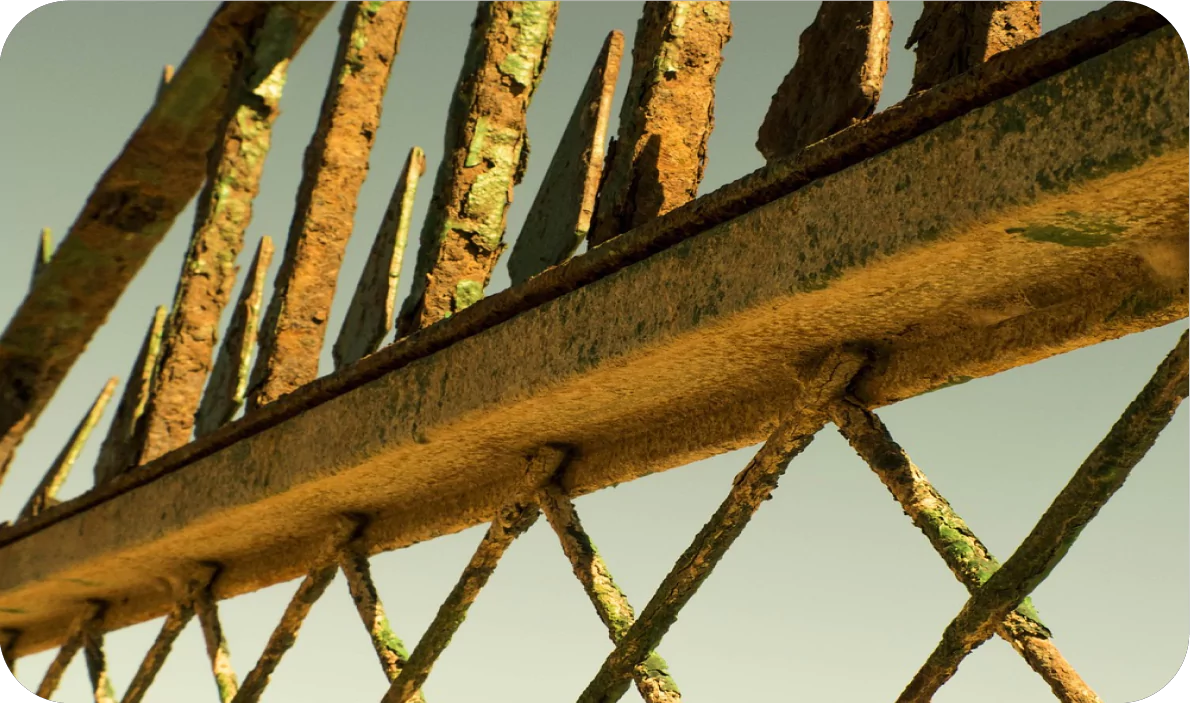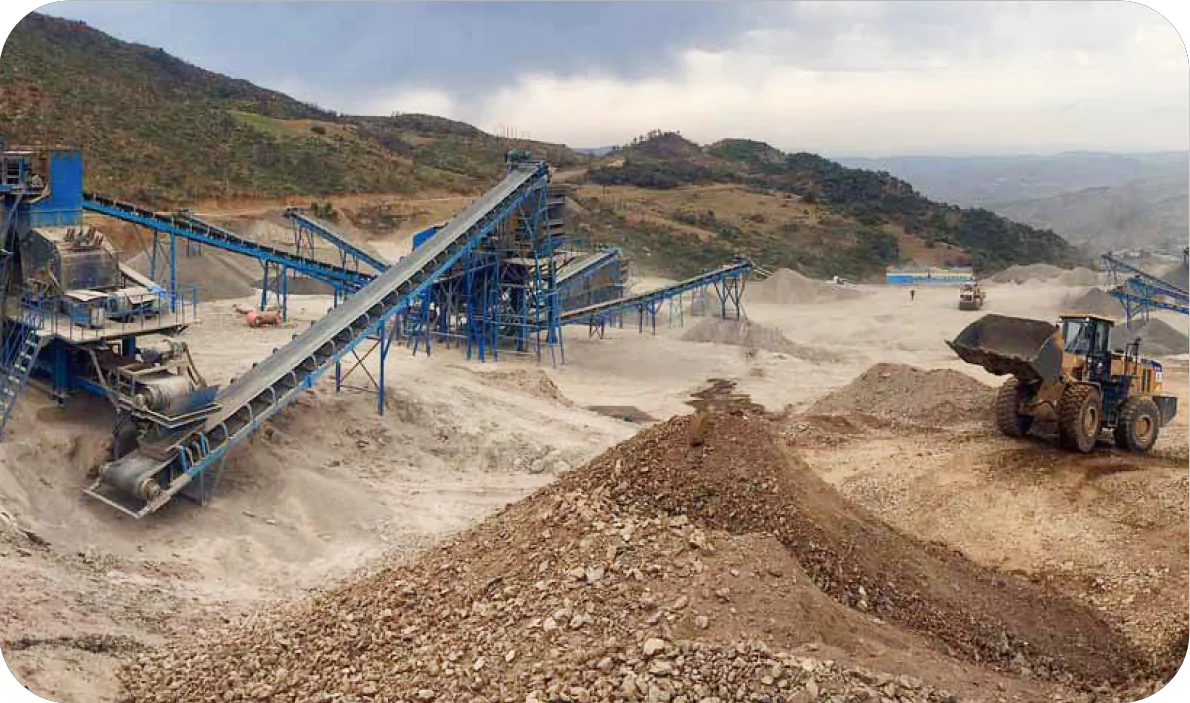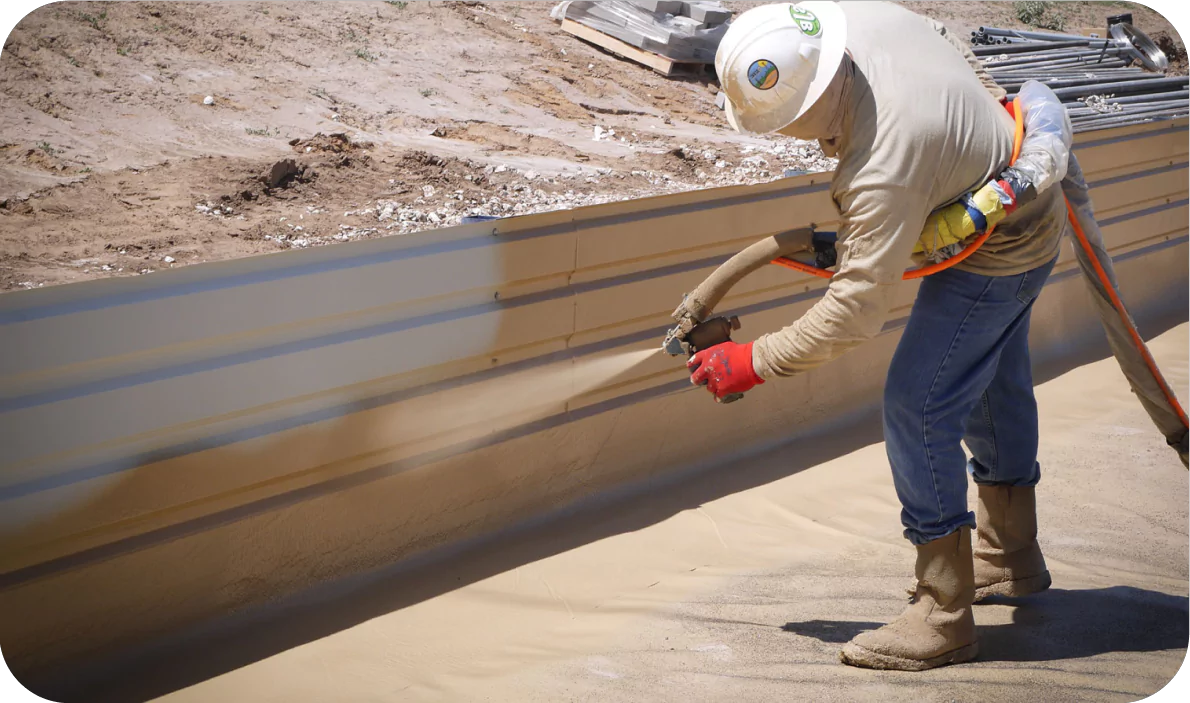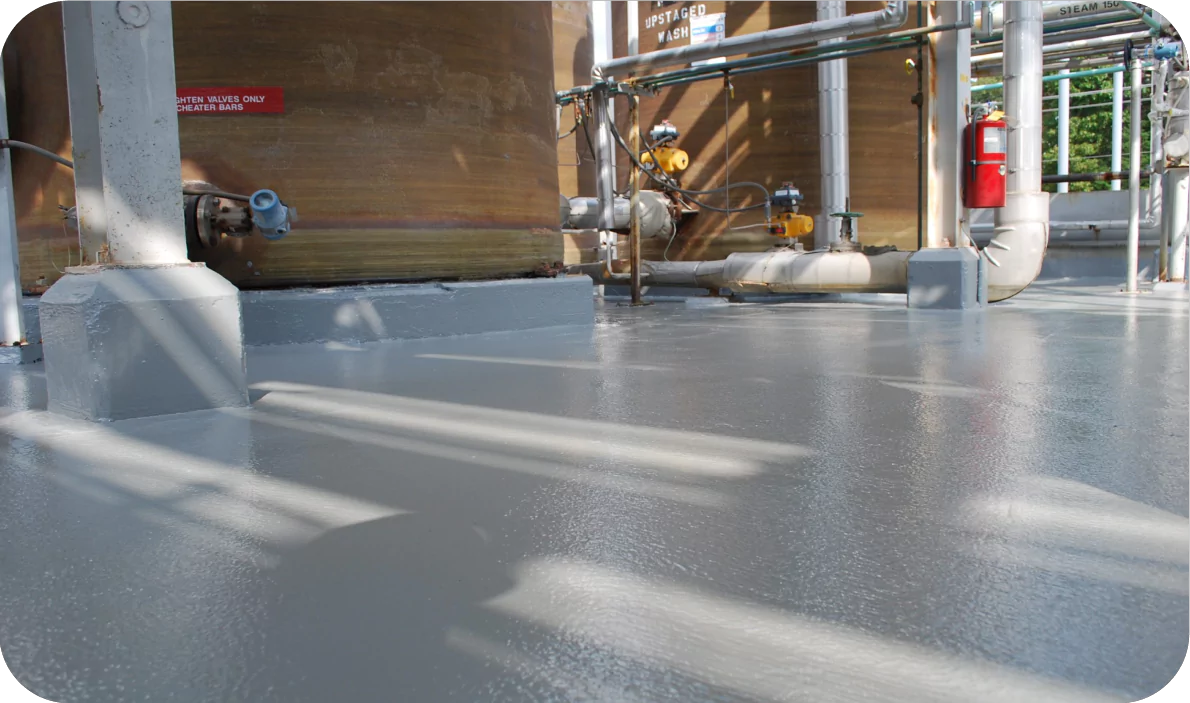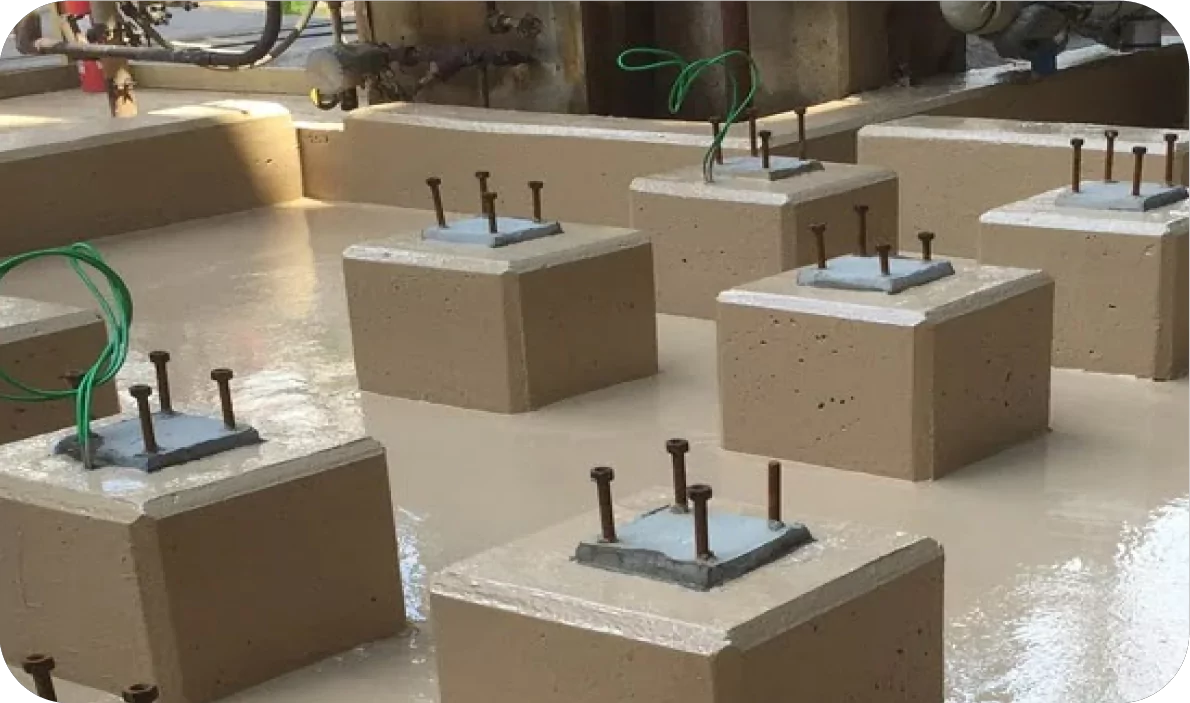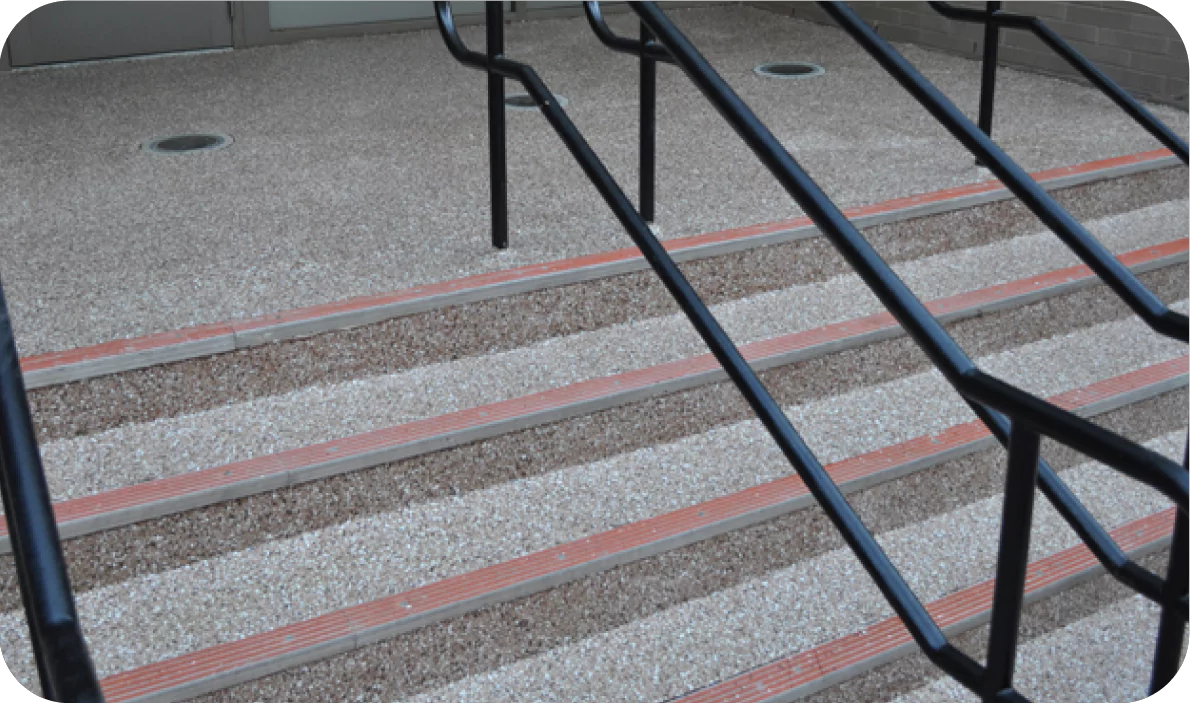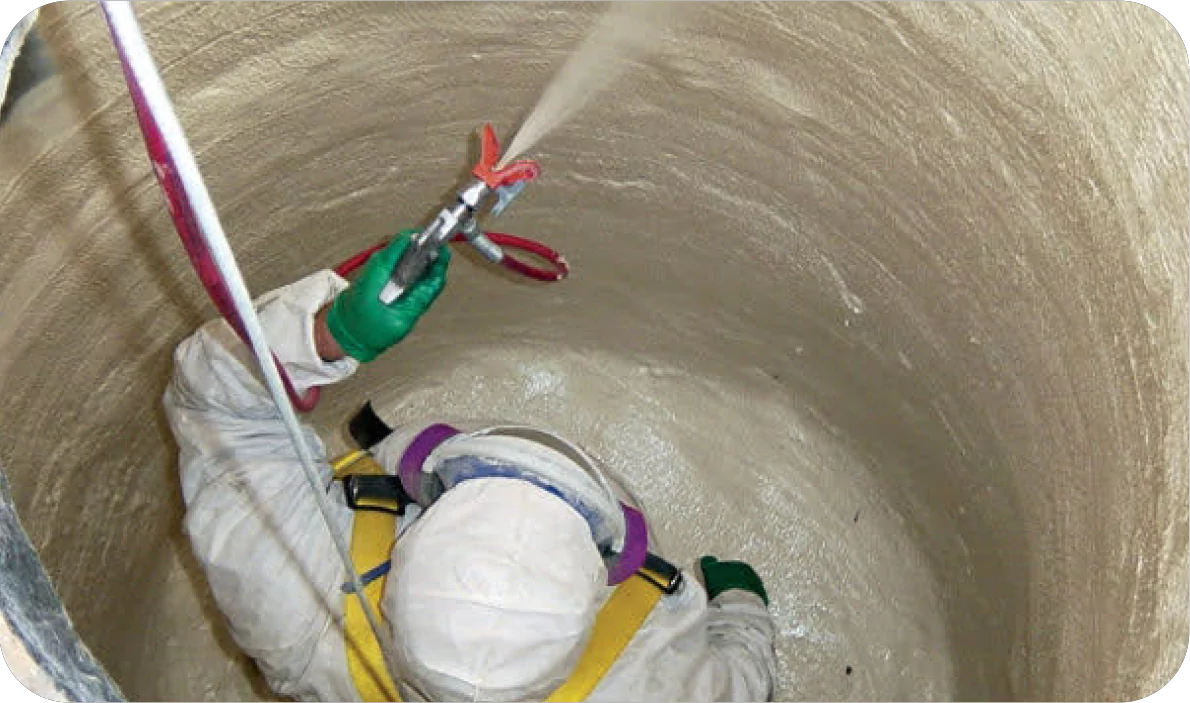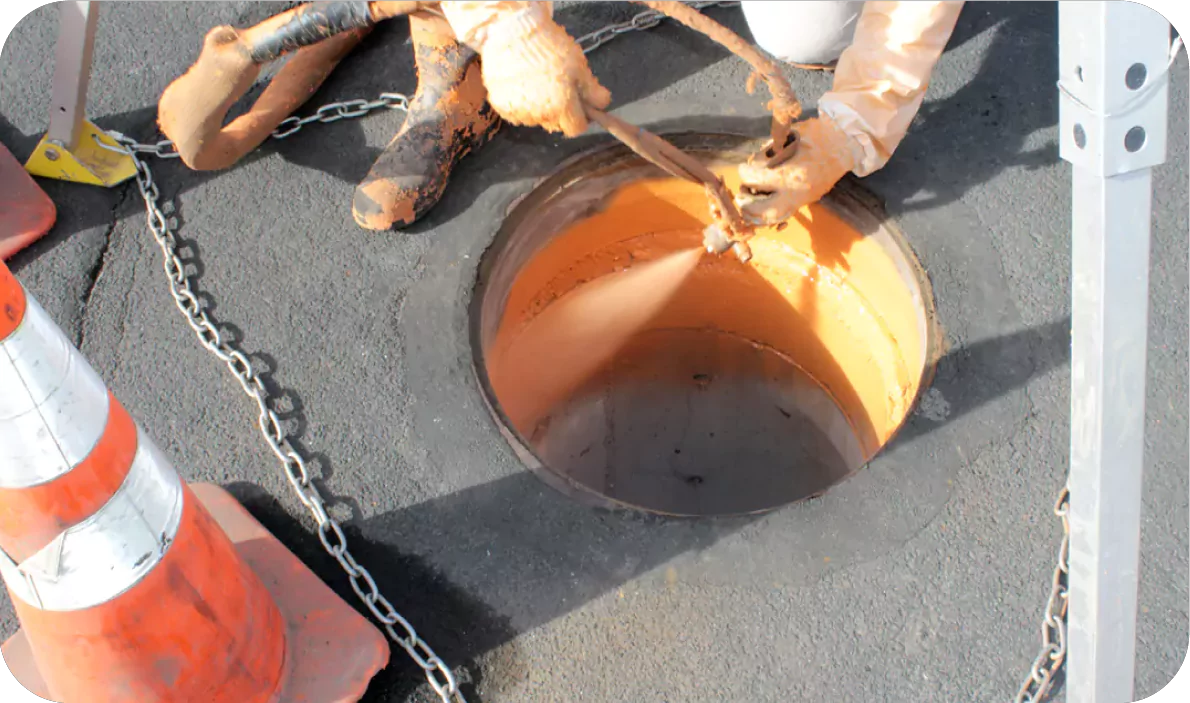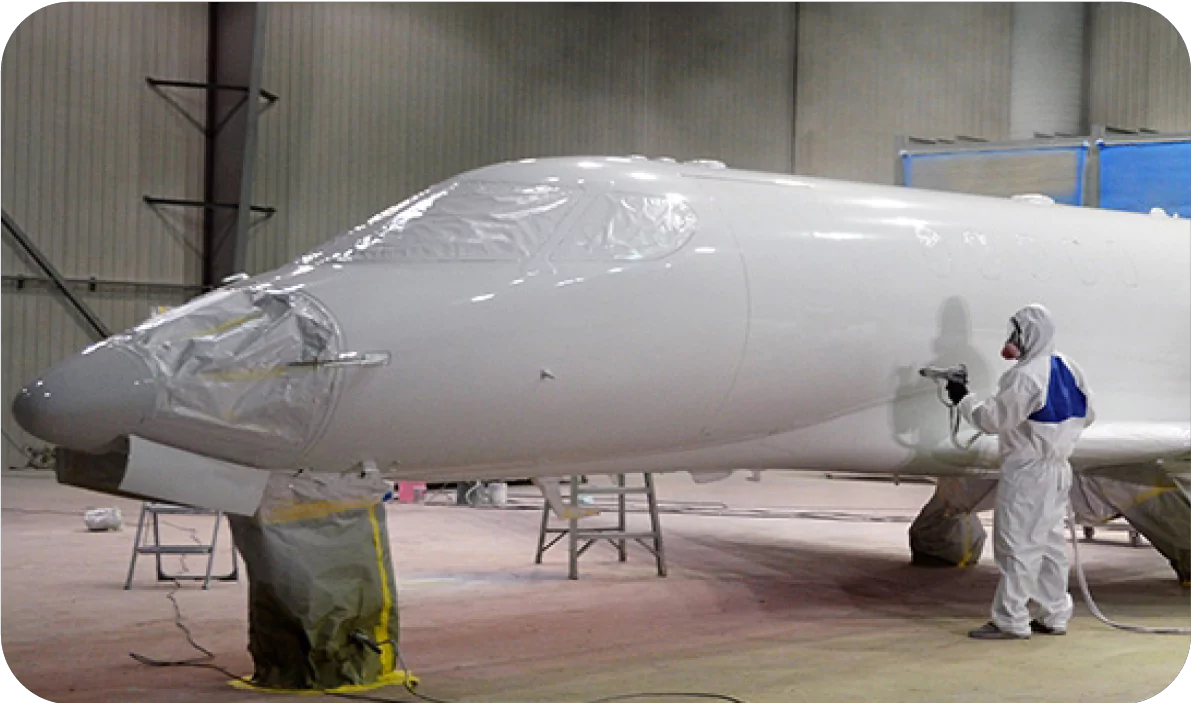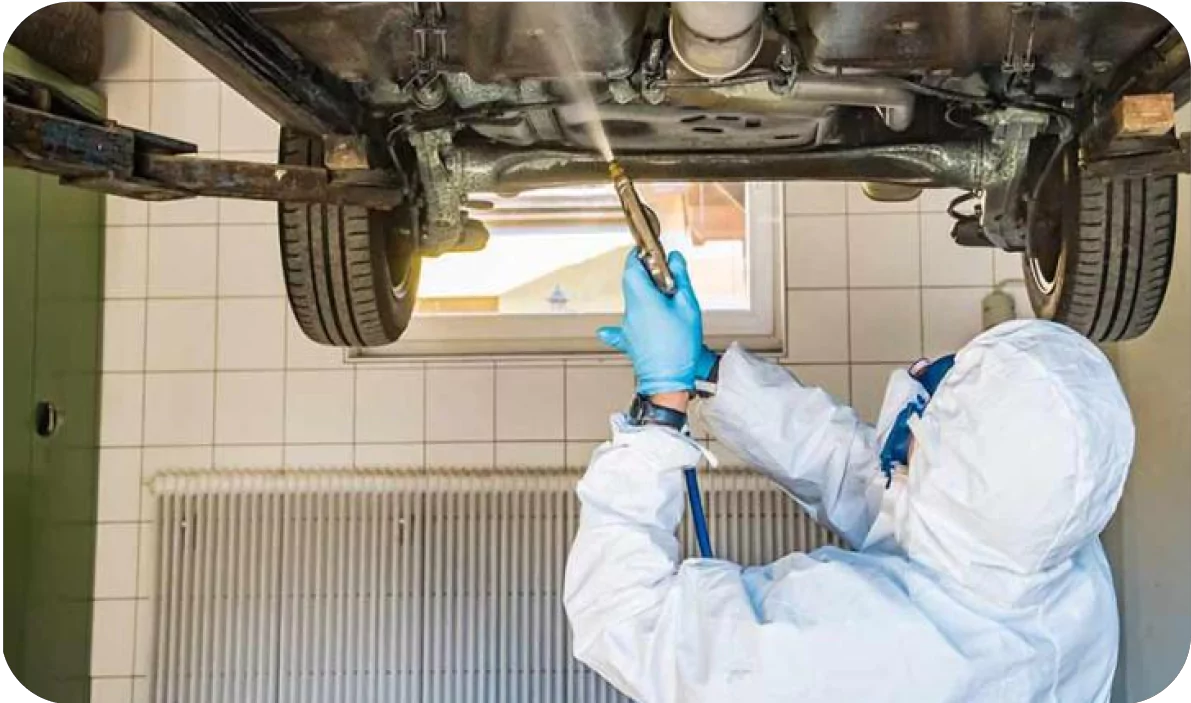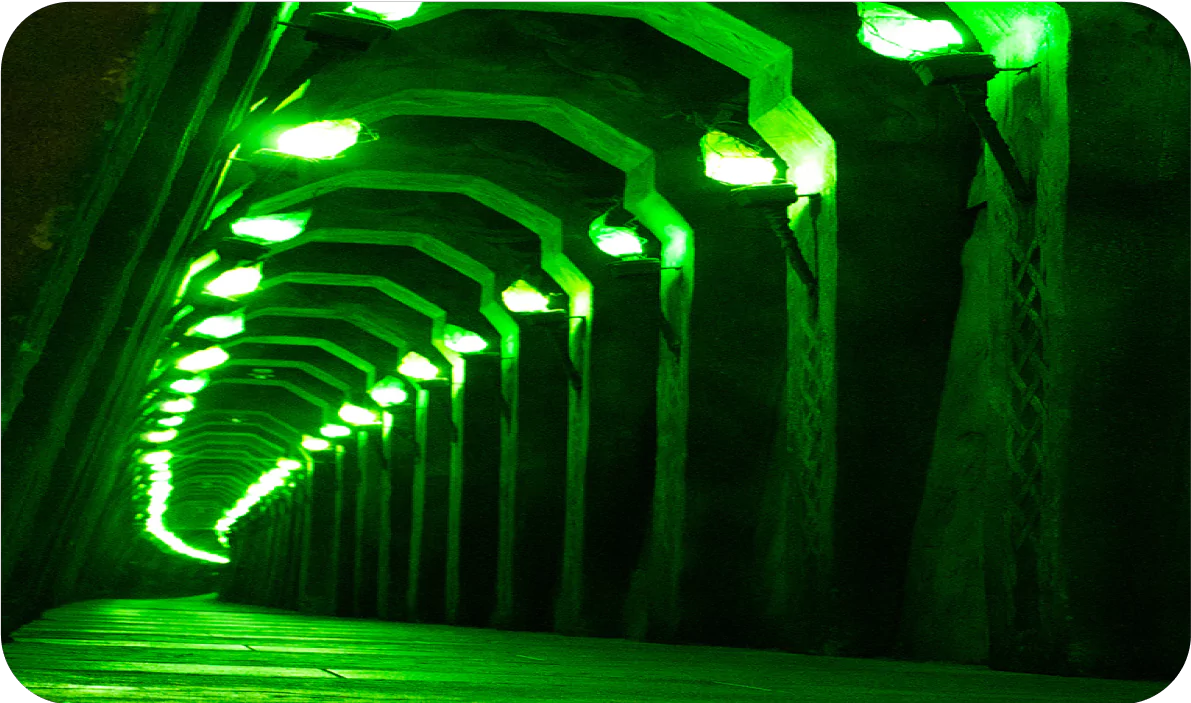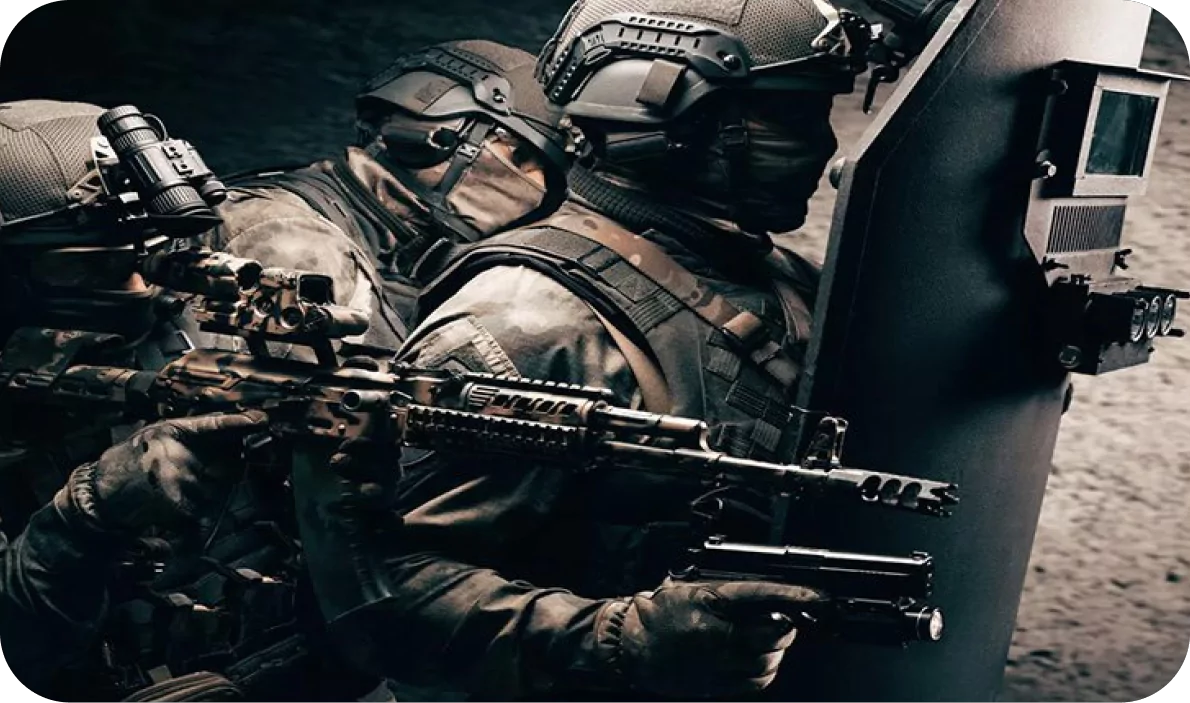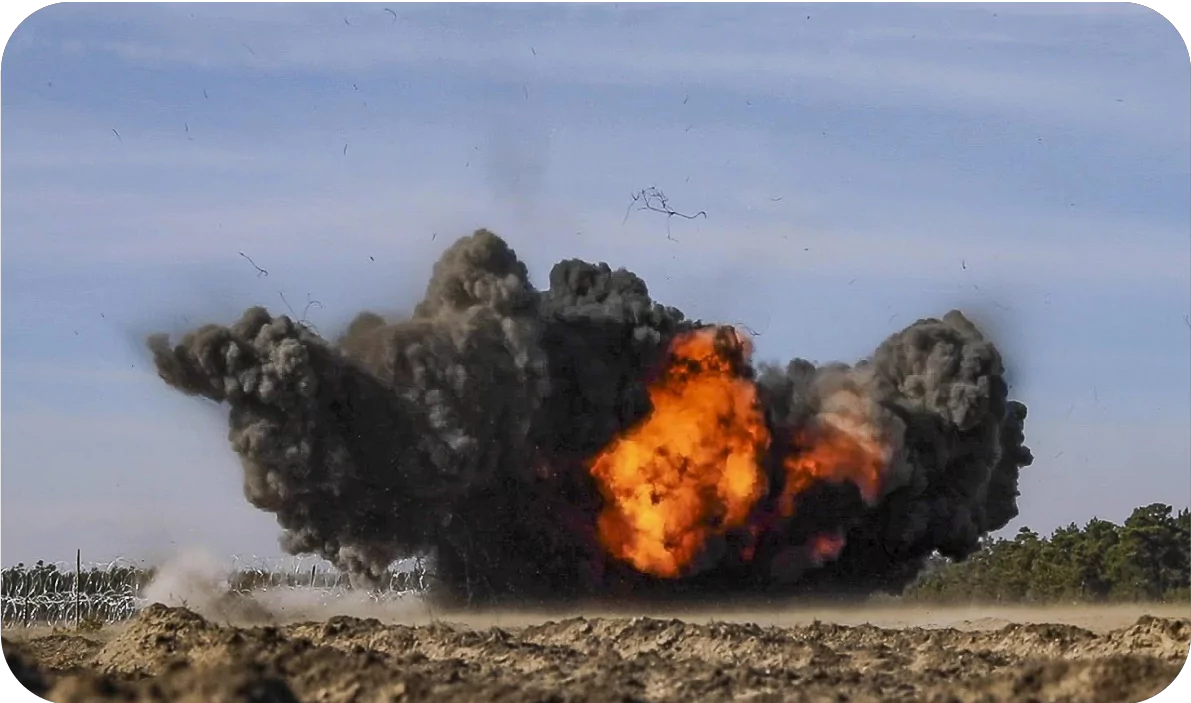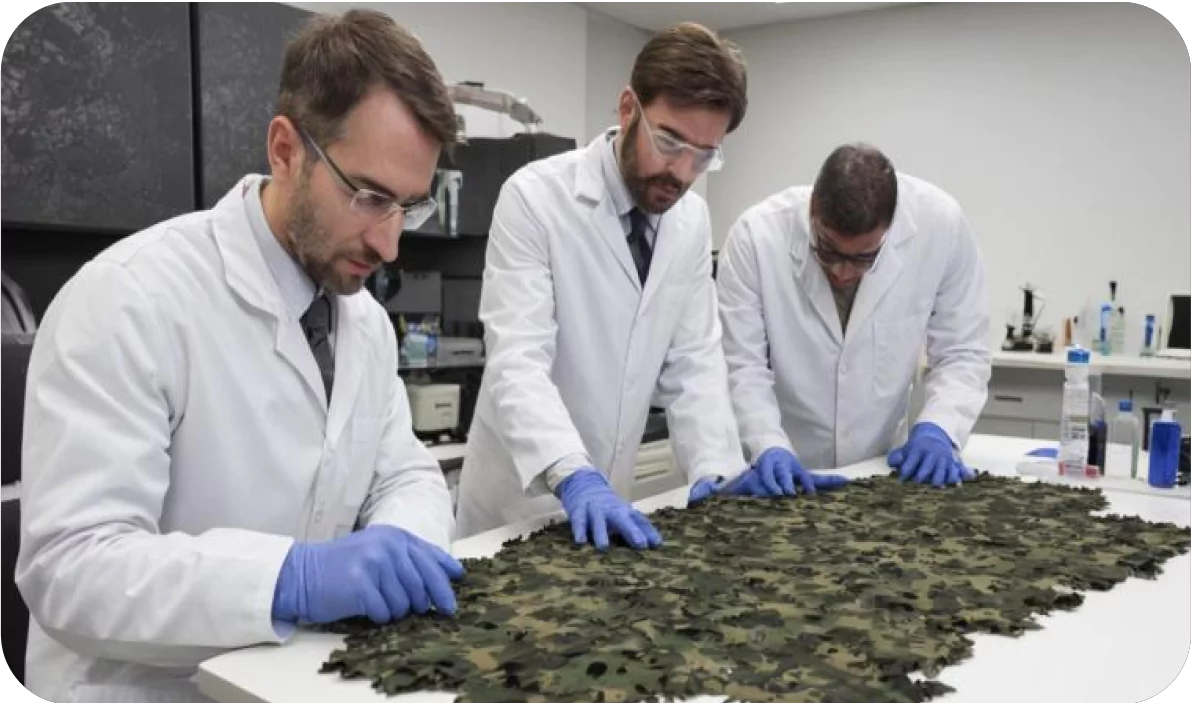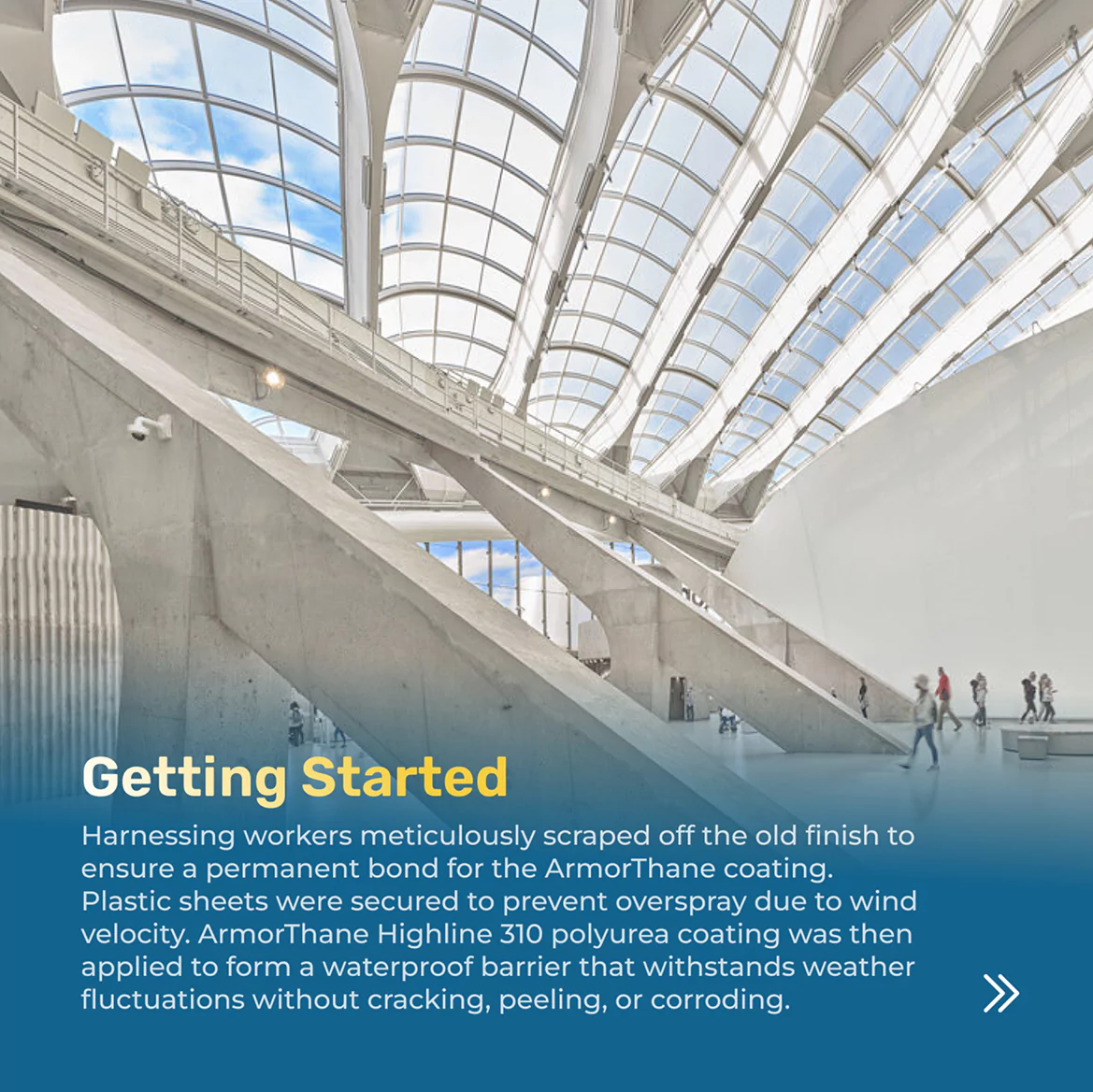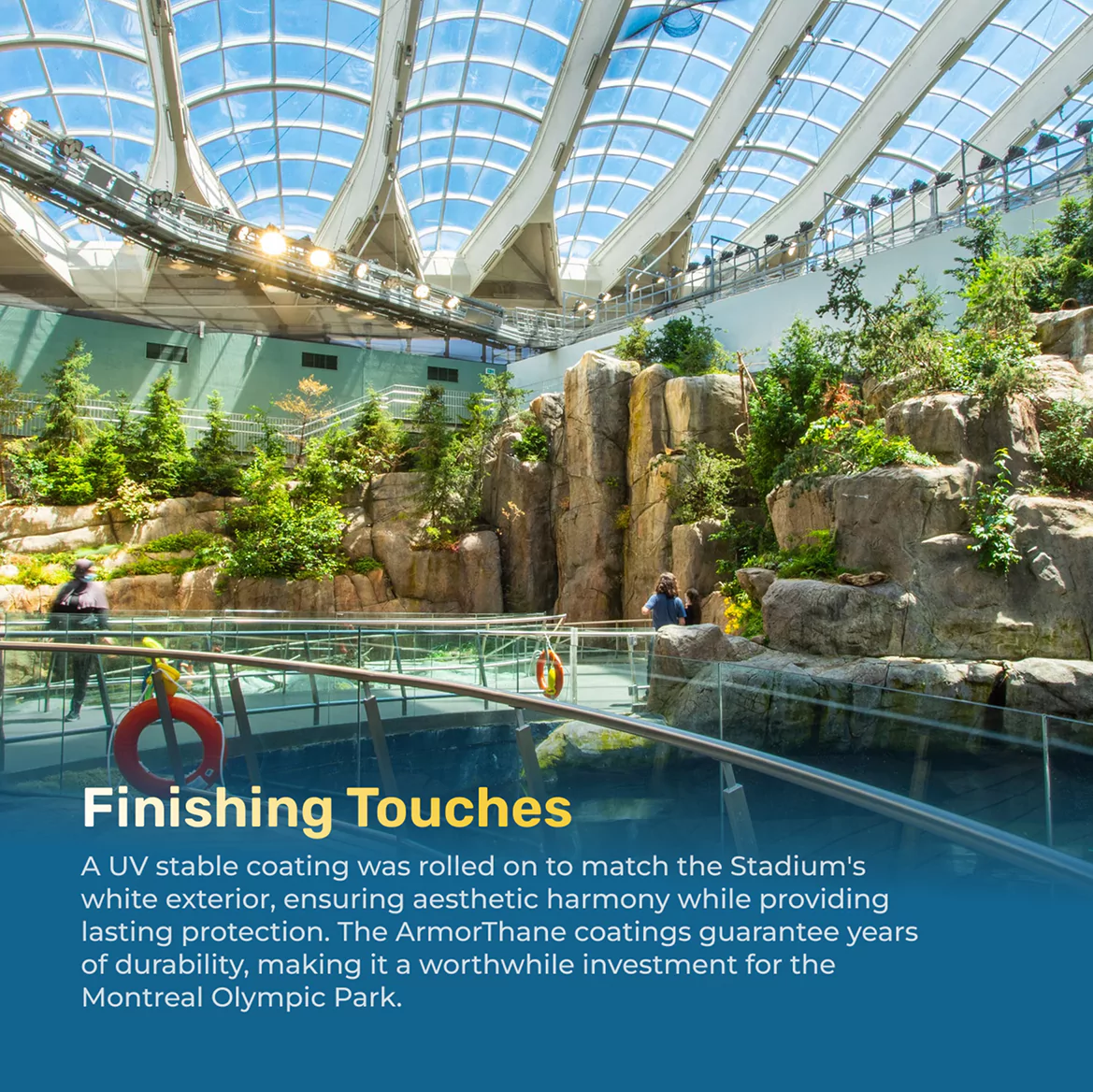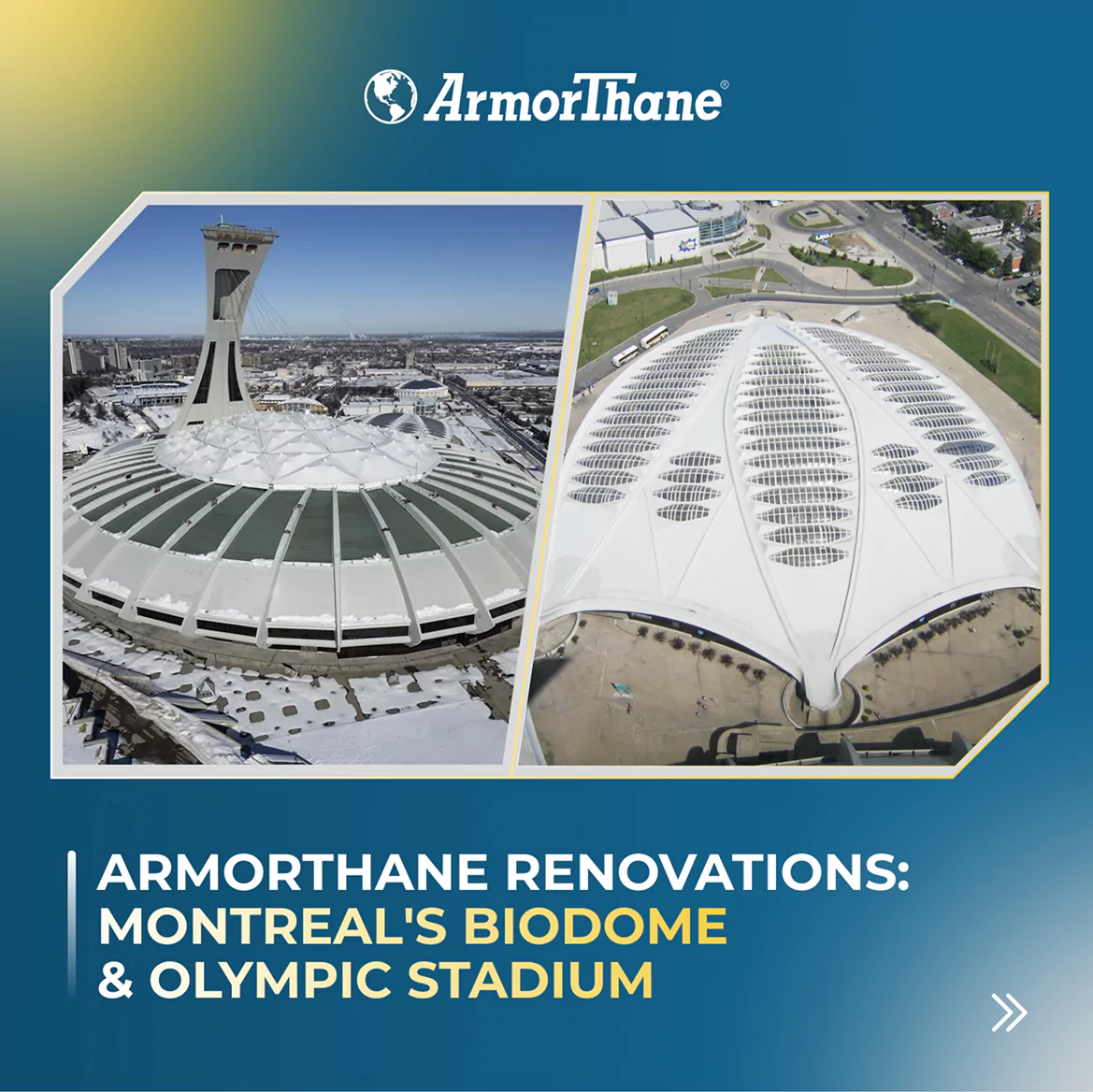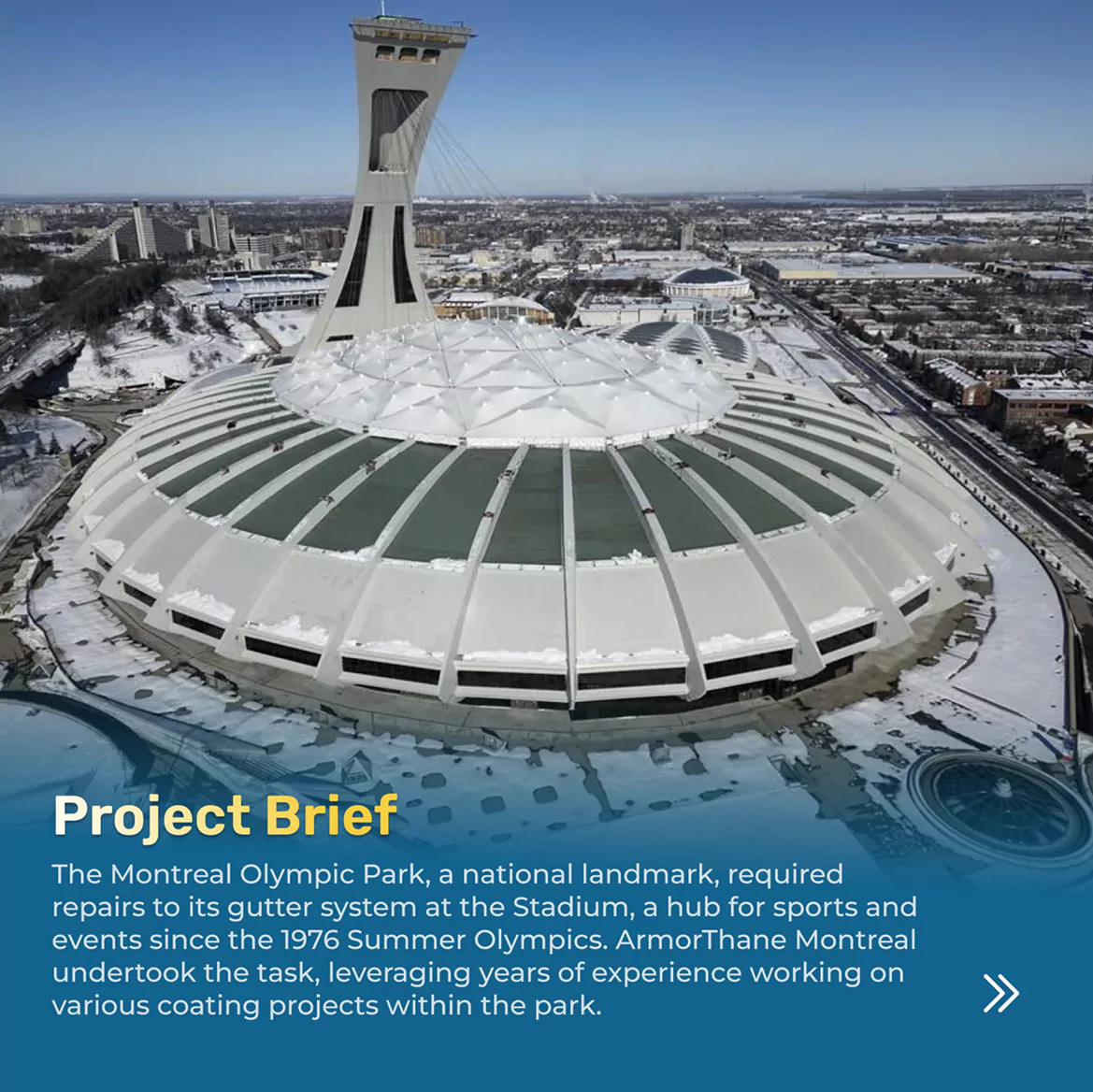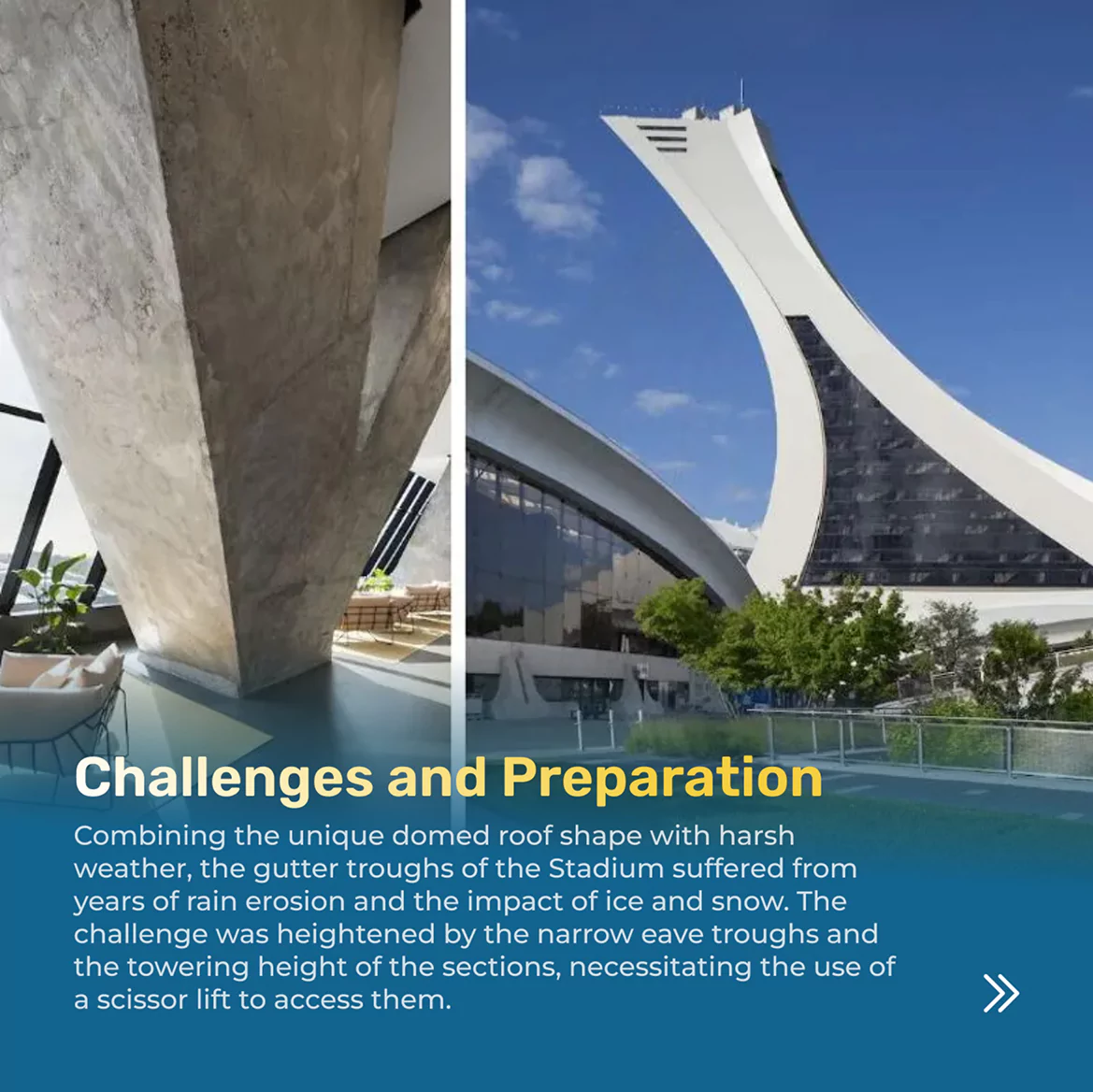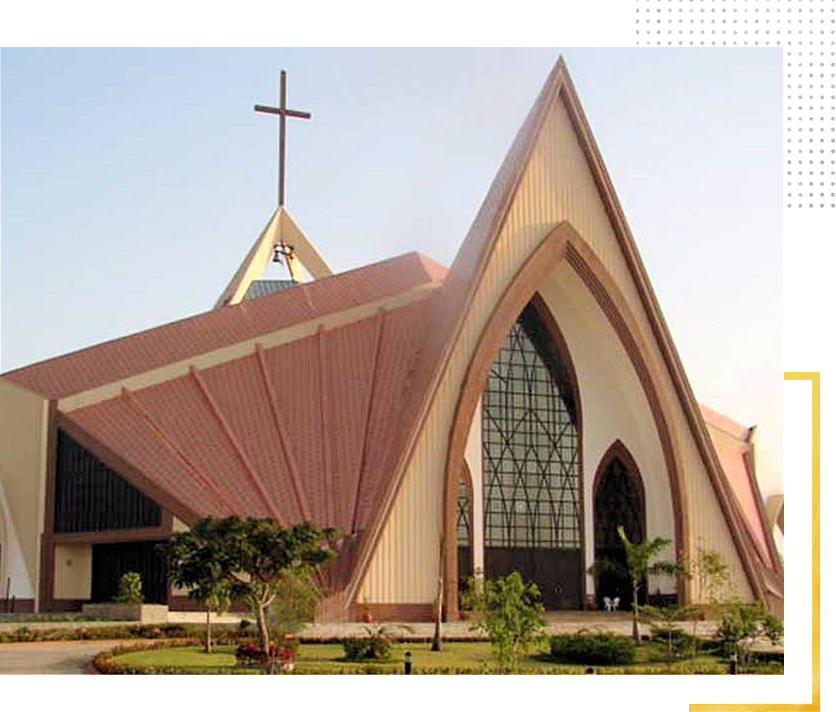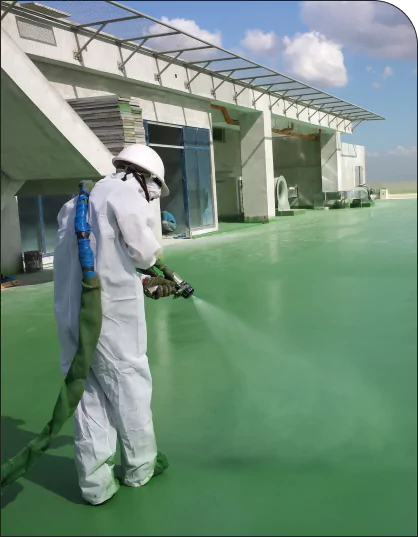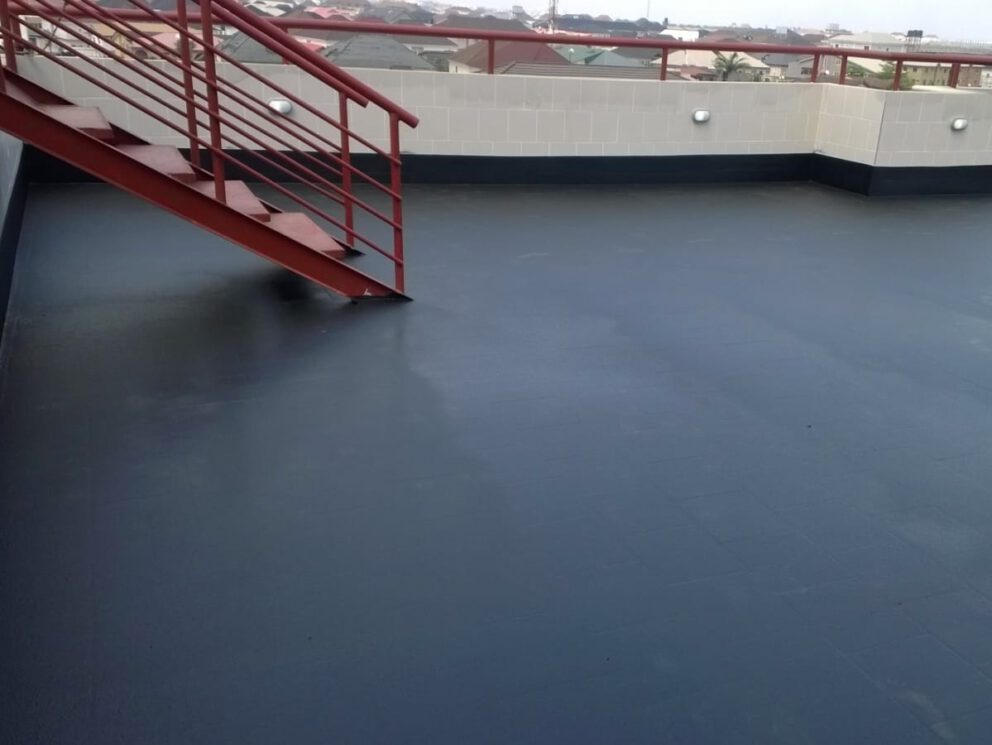stadium waterproofing
PROTECTING HOME-
FIELD ADVANTAGE
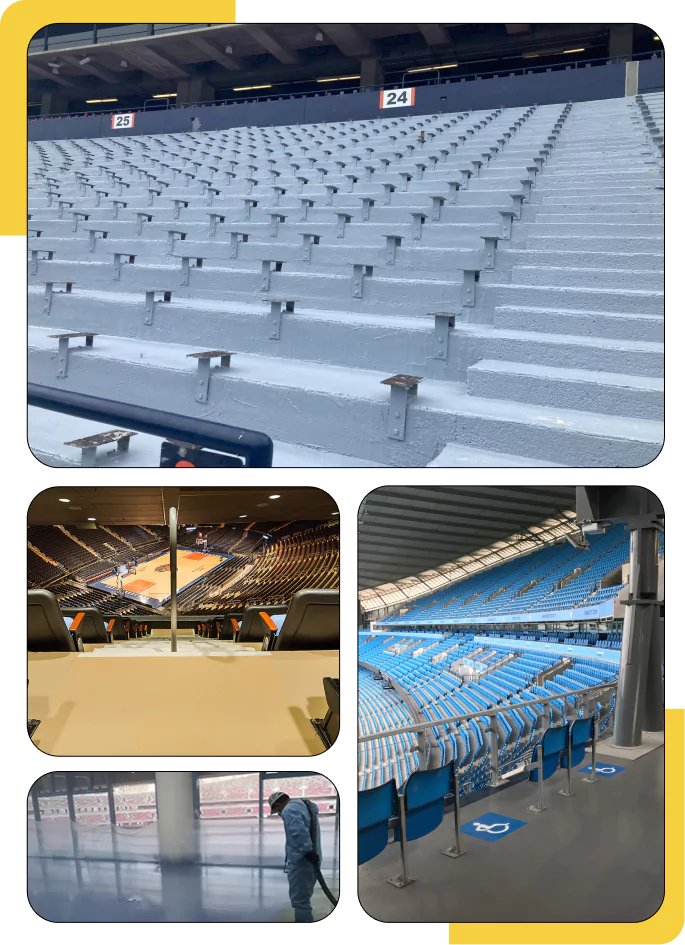
WHY ARE STADIUMS WATERPROOFED?
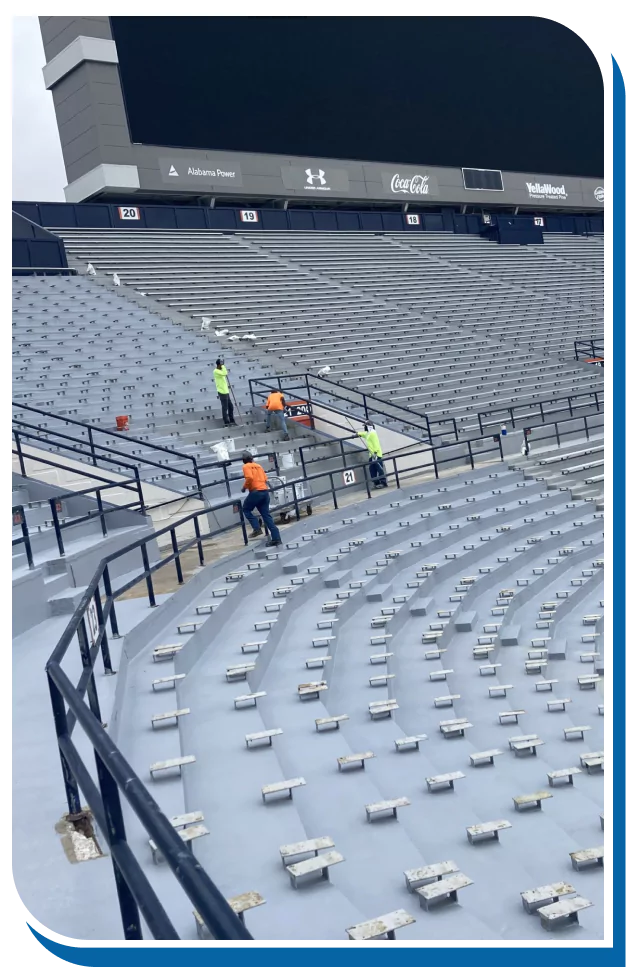
POLYUREA STADIUM
WATERPROOFING
Since their development in the 1980s, polyurea coatings have been widely employed for numerous different private, commercial, and industrial applications. From industrial flooring to military blast mitigation, polyurea is an all-purpose technology that can protect almost any surface, in almost any environment. Polyurea is renowned for its superior strength and durability compared to traditional coatings, while also being far more flexible. These unique physical properties are paired with an ease of application and rapid curing times, afforded by their unique chemical structures and installation using high-pressure spray equipment. Most importantly for stadium waterproofing, polyurea is chemically inert, and forms a watertight seal on the surface of almost any substrate, including steel, concrete, and wood. This means that polyurea serves as a robust waterproofing solution, while also providing advanced protection against other common stress factors including forceful impacts, harsh abrasion, and UV radiation. To top it all off, polyurea is also safer and more sustainable than alternative technologies, as it’s made of 100% solids, with no solvents or volatile organic compounds (VOCs). Together, this makes polyurea the ultimate stadium waterproofing solution, ready to protect your local venue, or the home of your state’s favorite sporting teams.
FAQ FREQUENTLY ASKED QUESTIONS
The choice between polyurea and polyurethane for stadium waterproofing comes down to strength vs. flexibility. Polyurea is often considered the better waterproofing technology, as it’s stronger and more durable, while also offering a superior watertight seal and moisture stability compared to polyurethane. However, for applications that prioritize flexibility, polyurethane’s combination of flexibility and impermeability can make it the better choice.
Stadium waterproofing is the process of applying an anti-corrosion barrier on the surface of stadium structures, including floors, roofs, and support structures. Stadium waterproofing has myriad benefits, namely including advanced protection against corrosion and water infiltration. Typically made of steel and concrete, waterproofing technology like polyurea can help ensure stadium’s remain ready for the big game, day after day, year after year.
Stadium’s vary enormously in size, built to hold anywhere between a few thousand to hundreds of thousands of spectators. Depending on their size, facilities, frequency of use, and many other factors, the cost of stadium waterproofing can range from a few thousand dollars to hundreds of thousands of dollars, just like their capacities!
FIND OR BECOME AN APPLICATOR
CONTACT US
REQUEST A QUOTE

Phone Number
Tel: 417.831.5090

Email Us
moreinfo@armorthane.com

